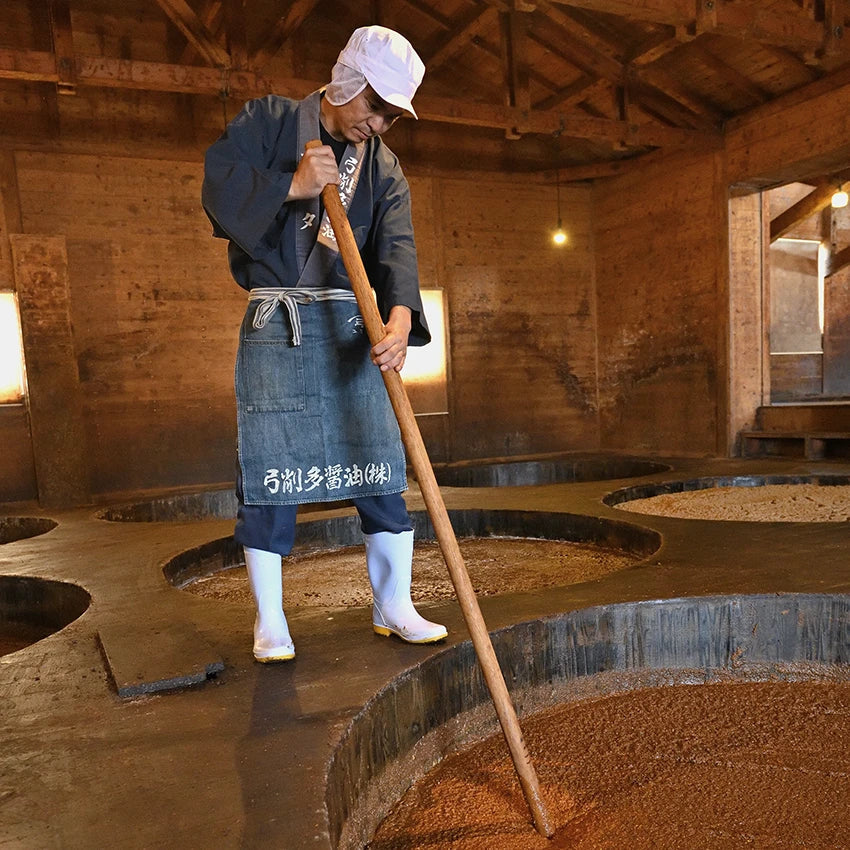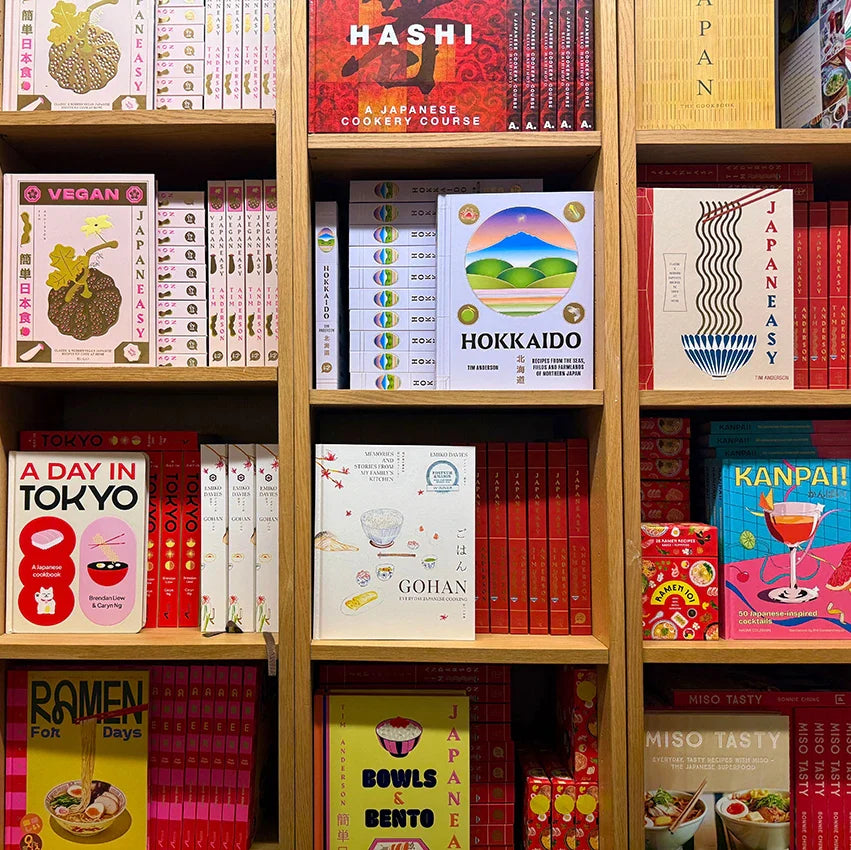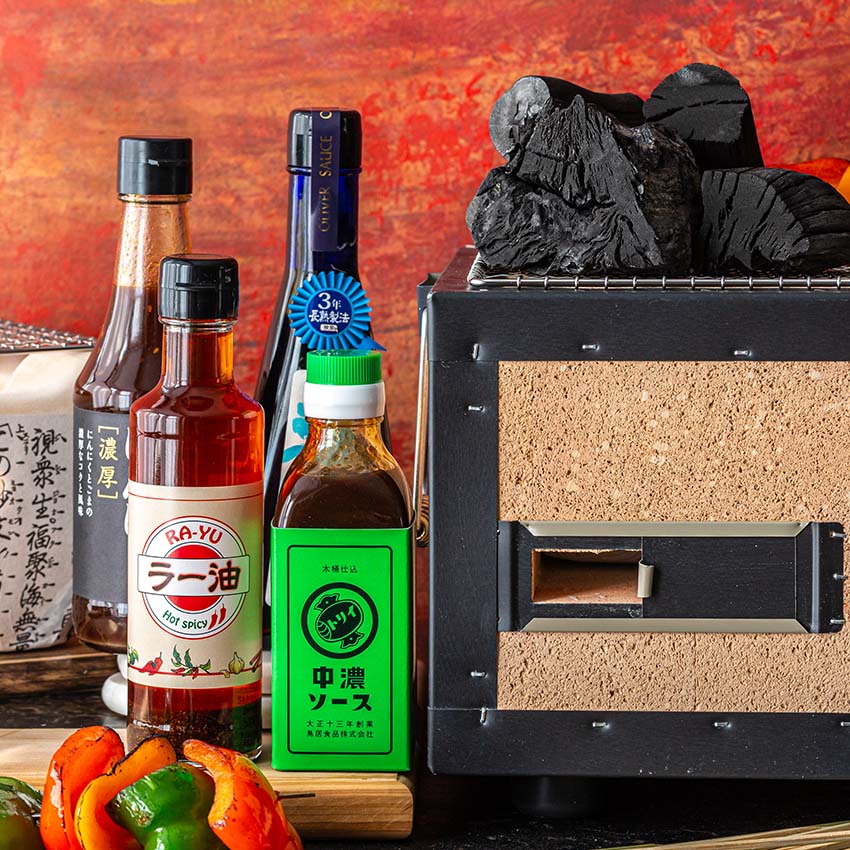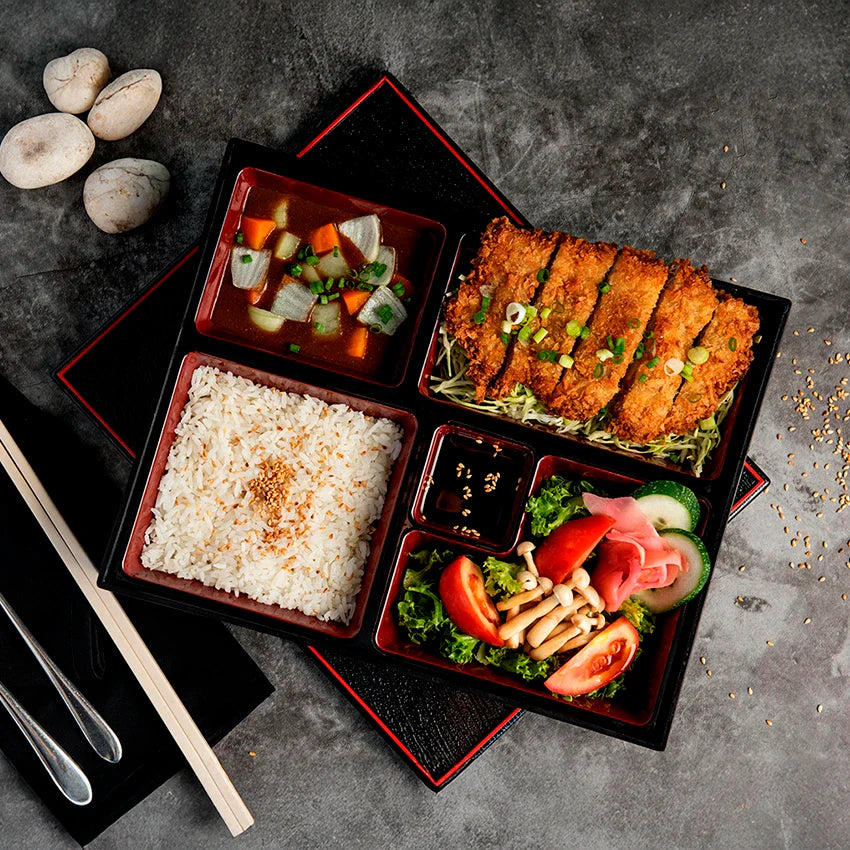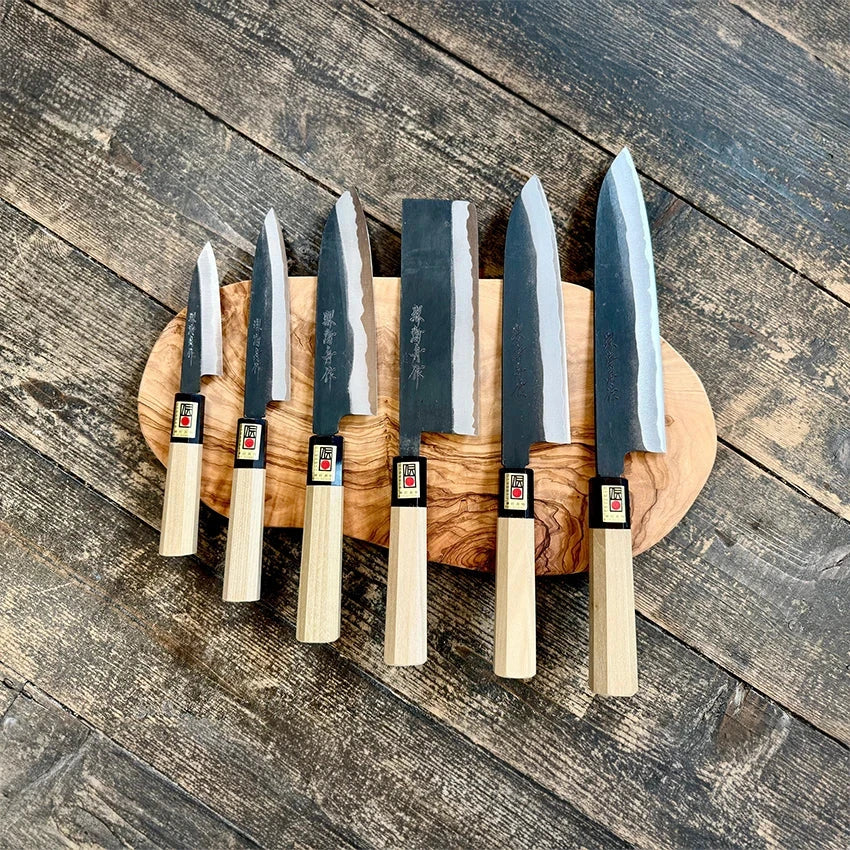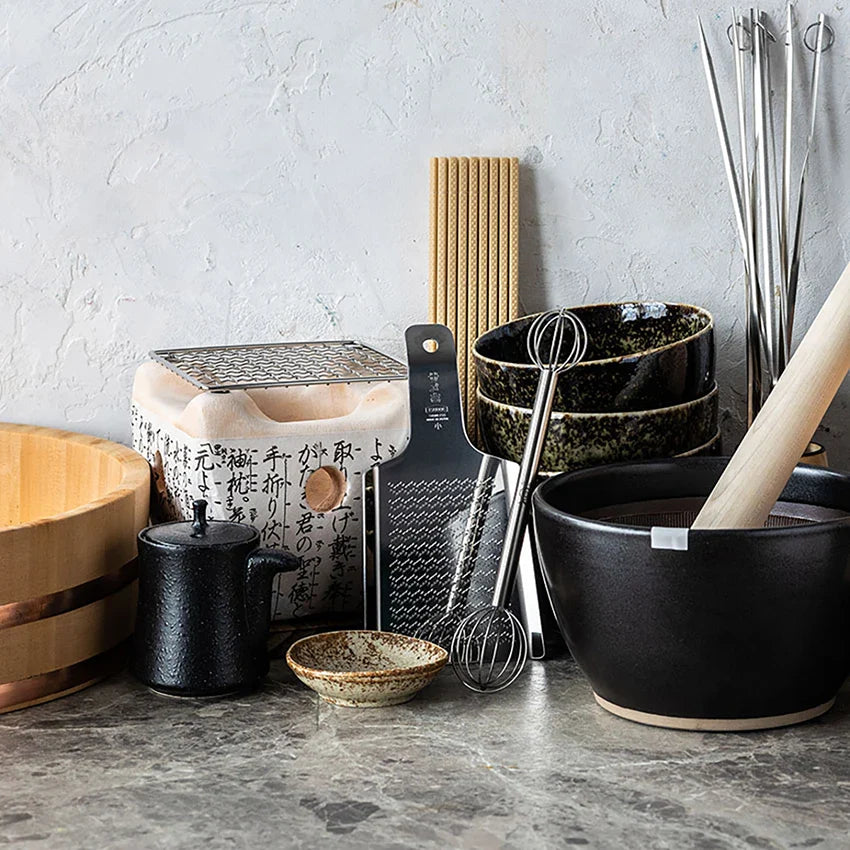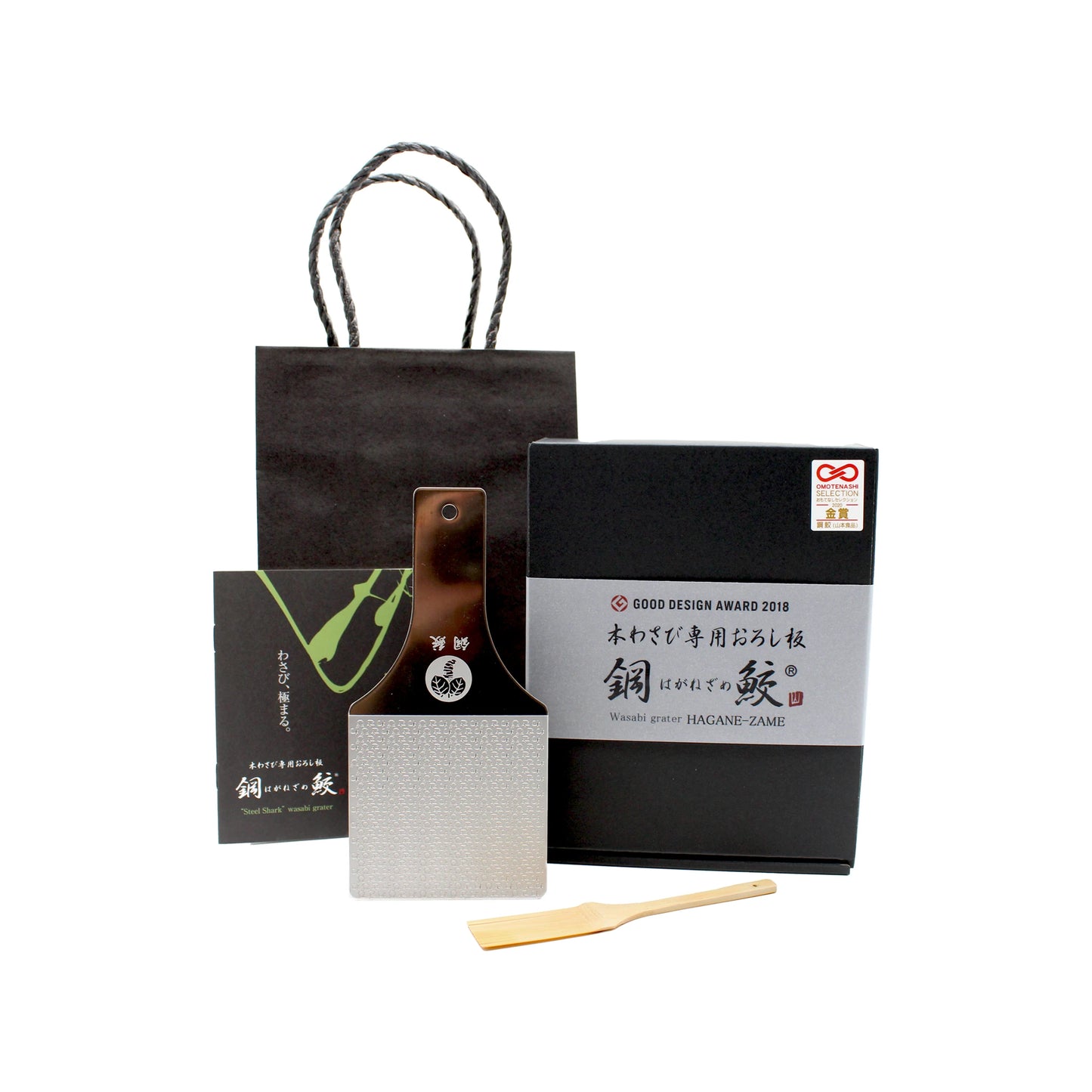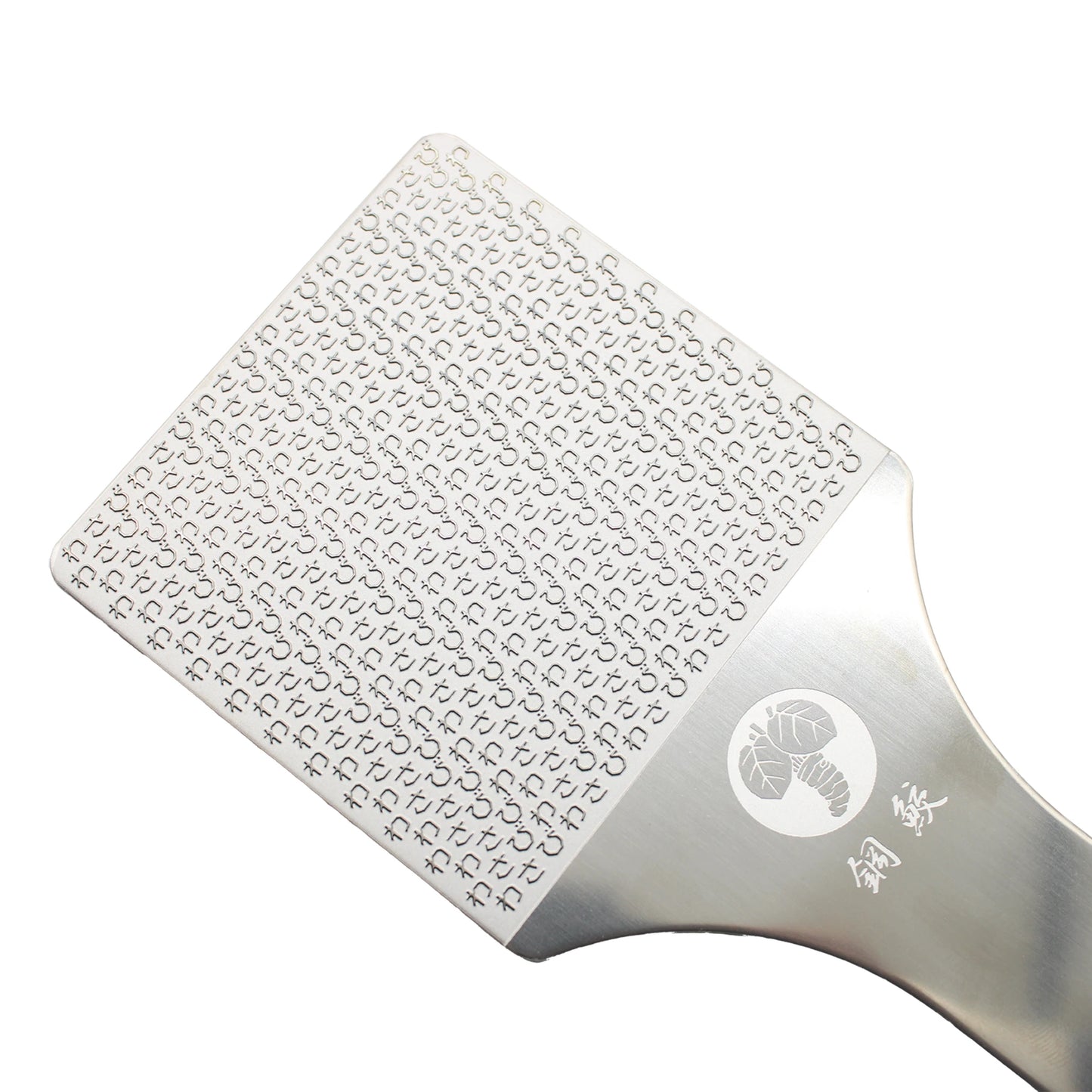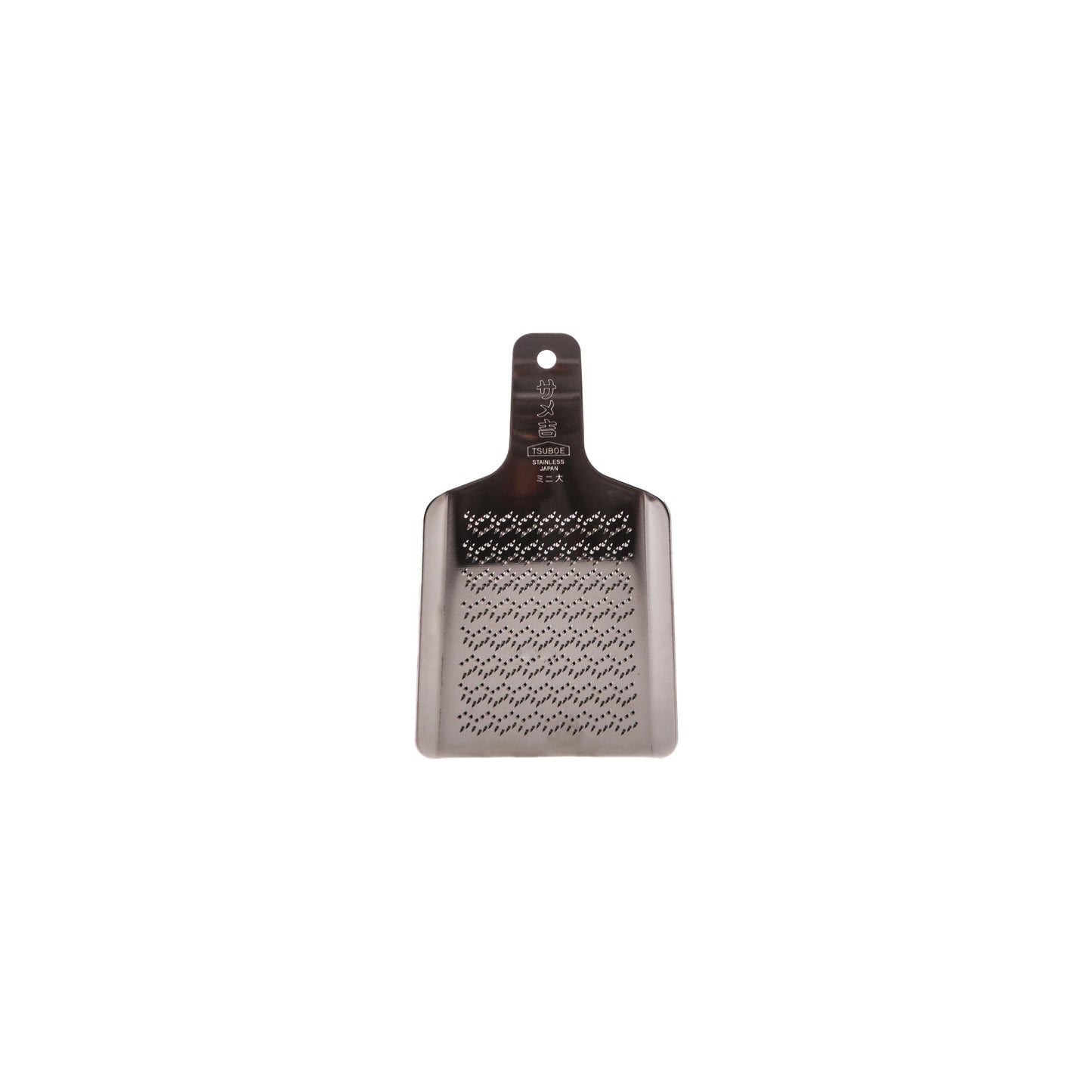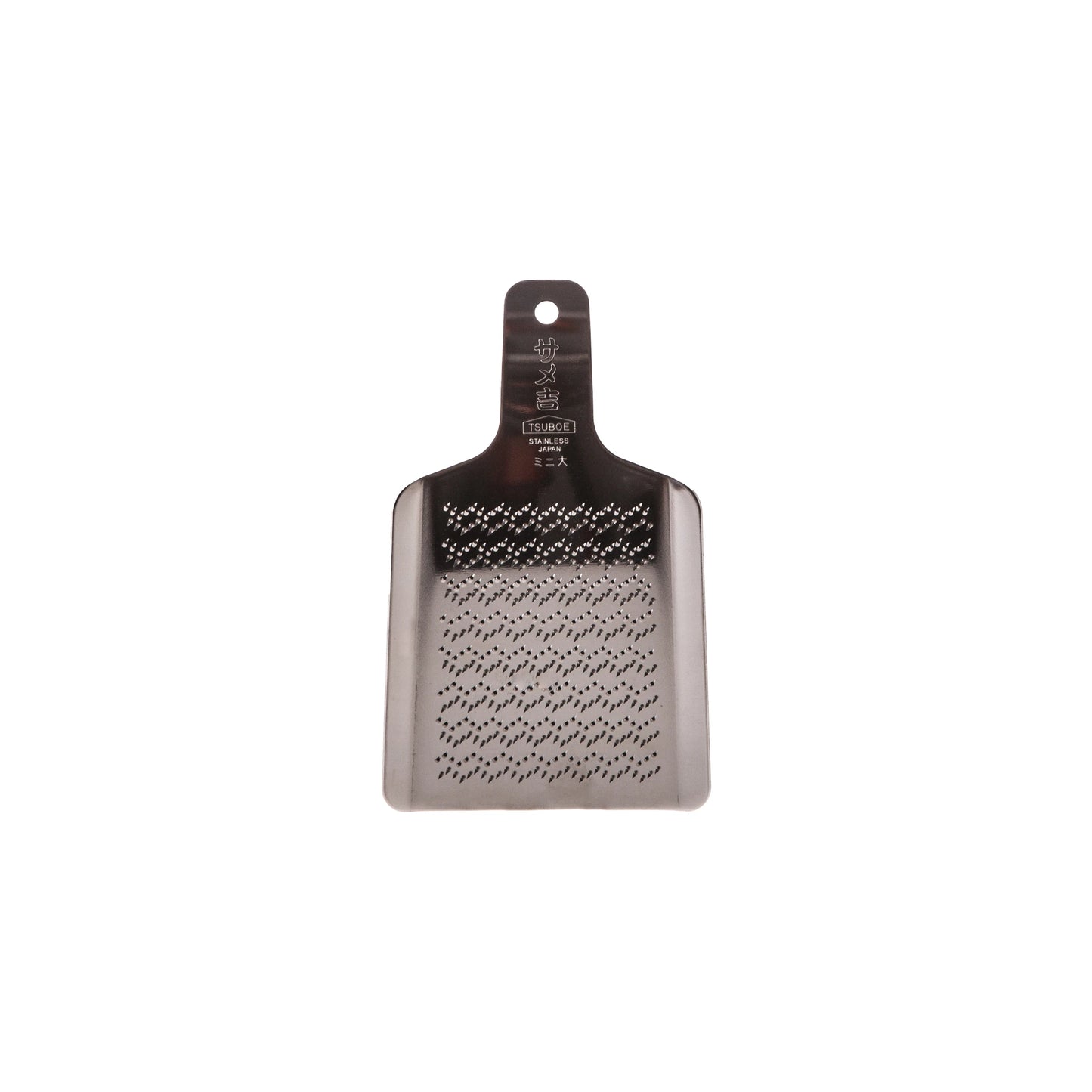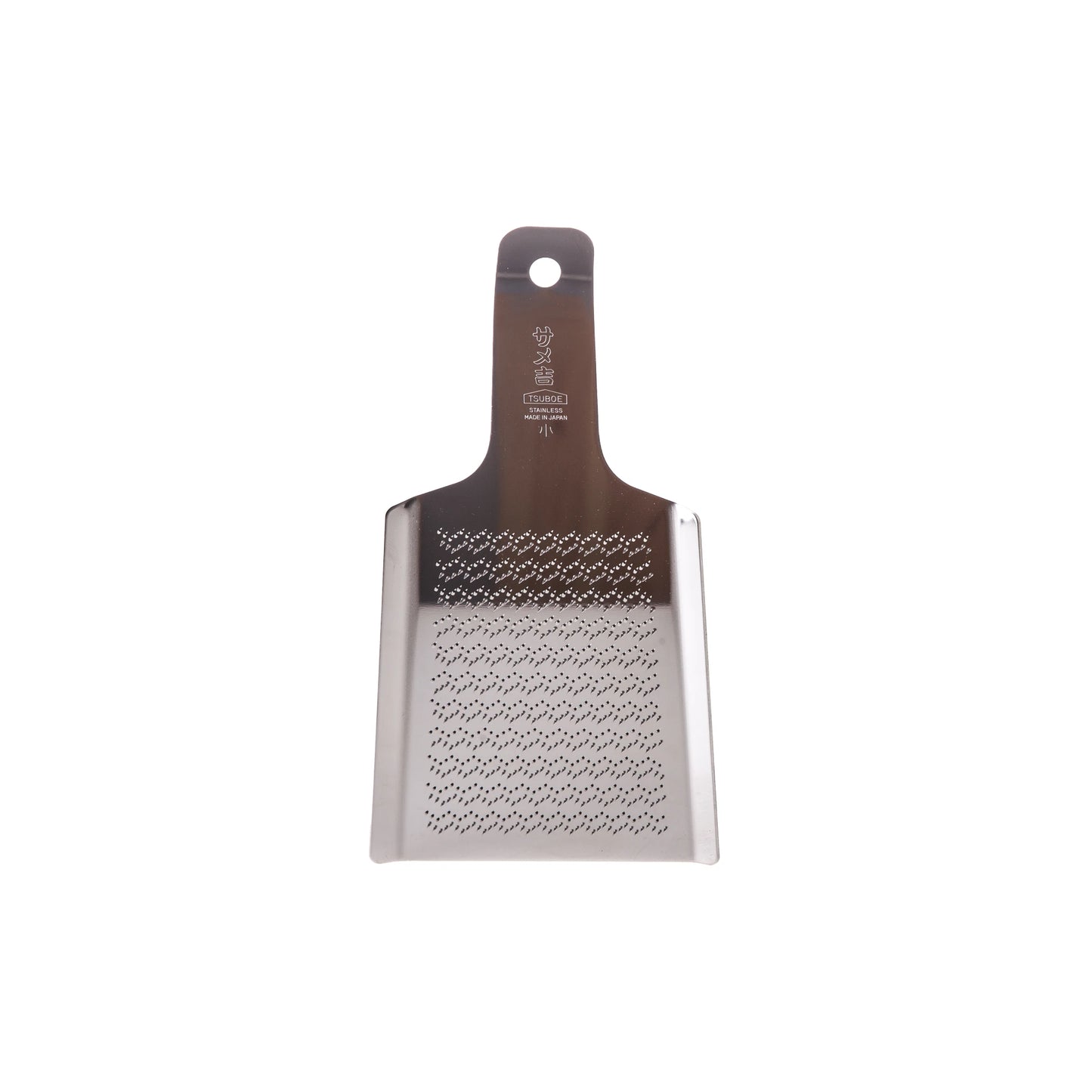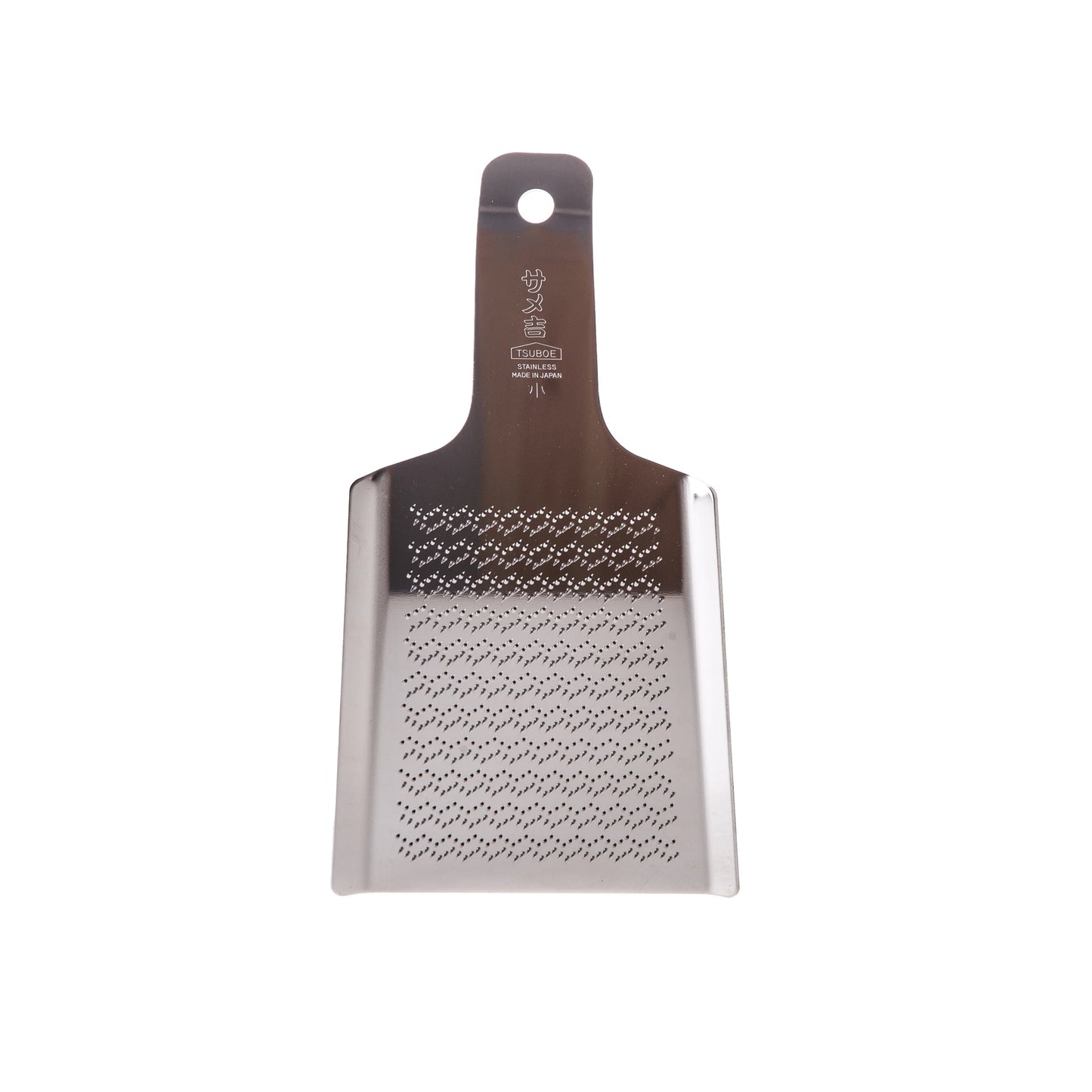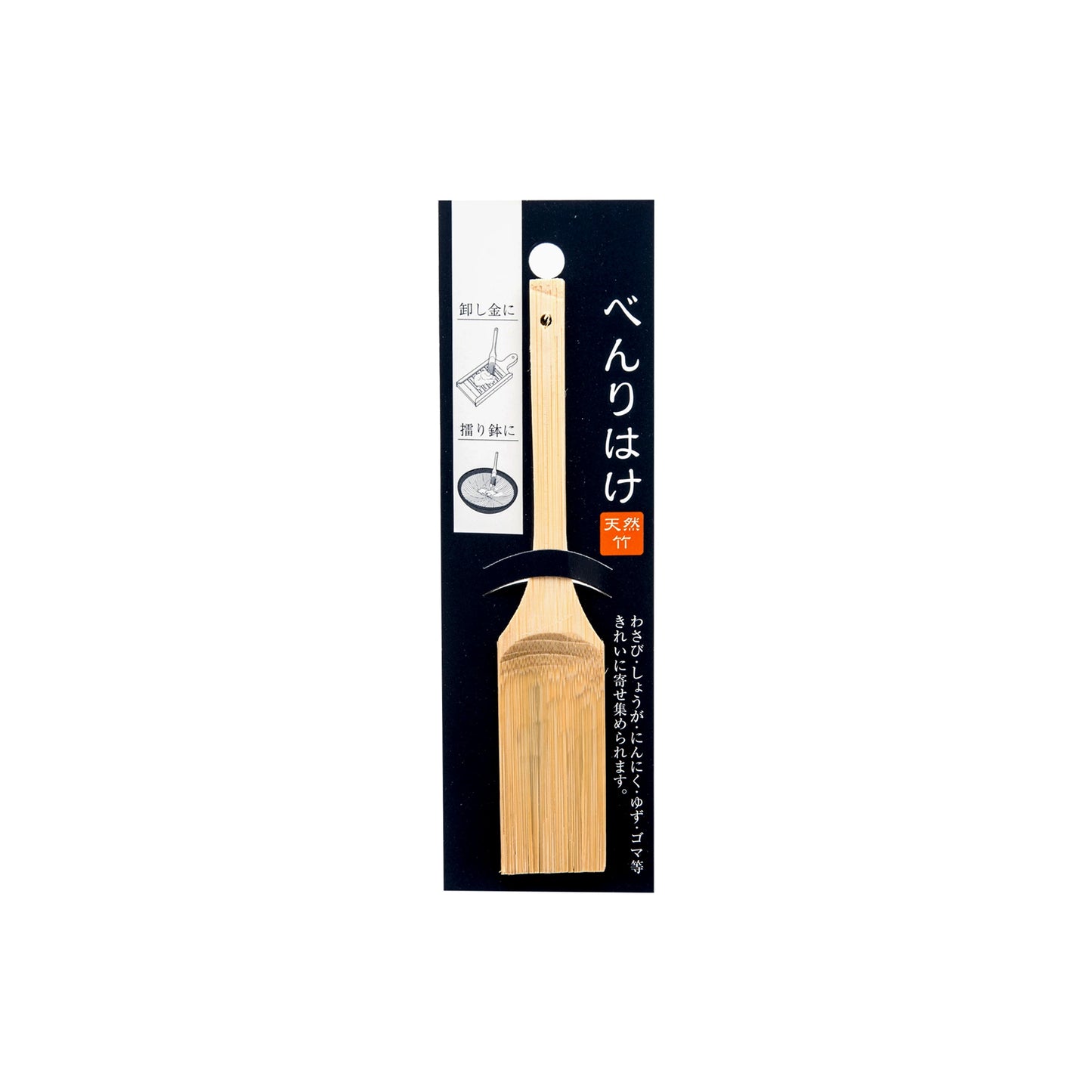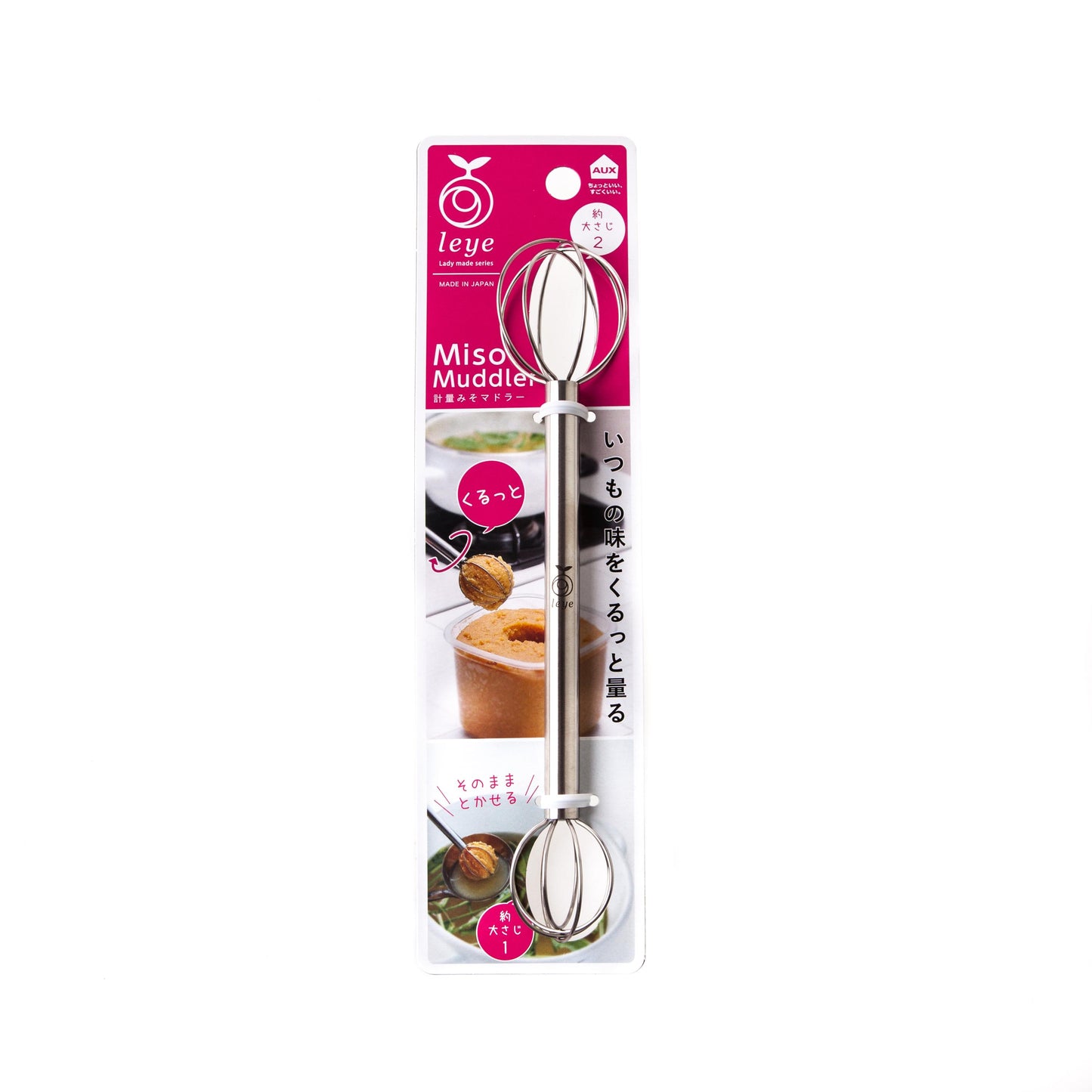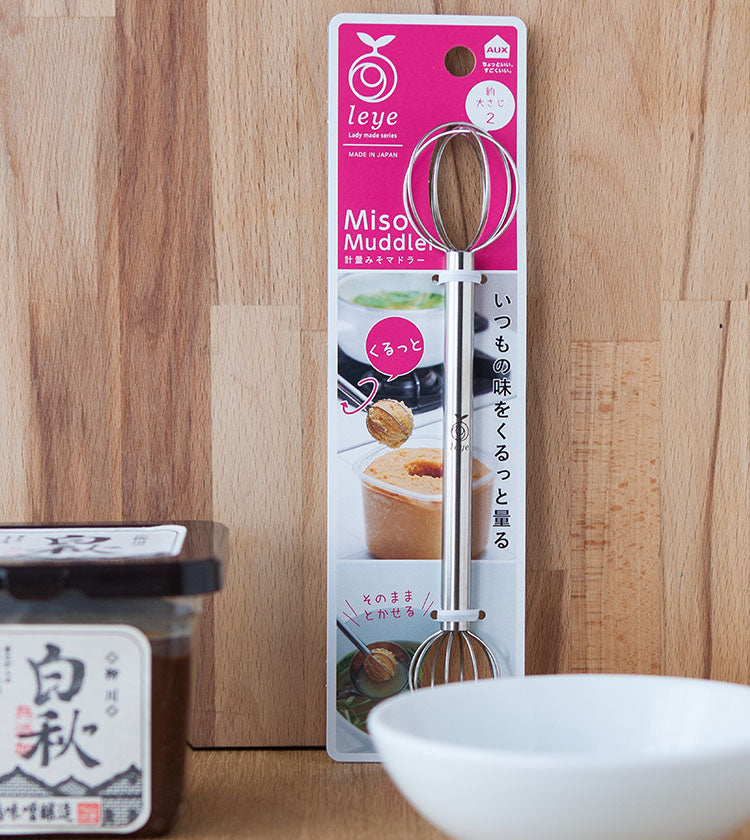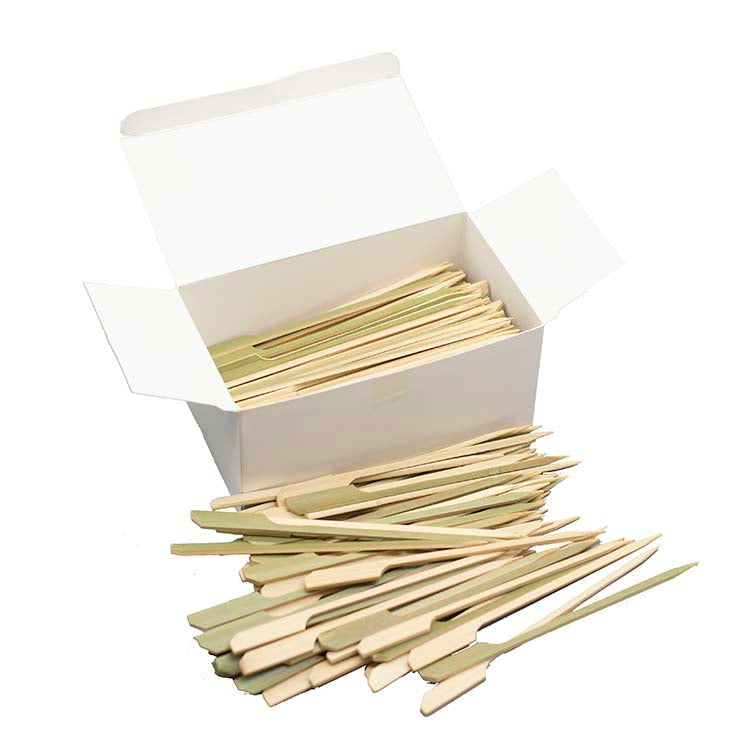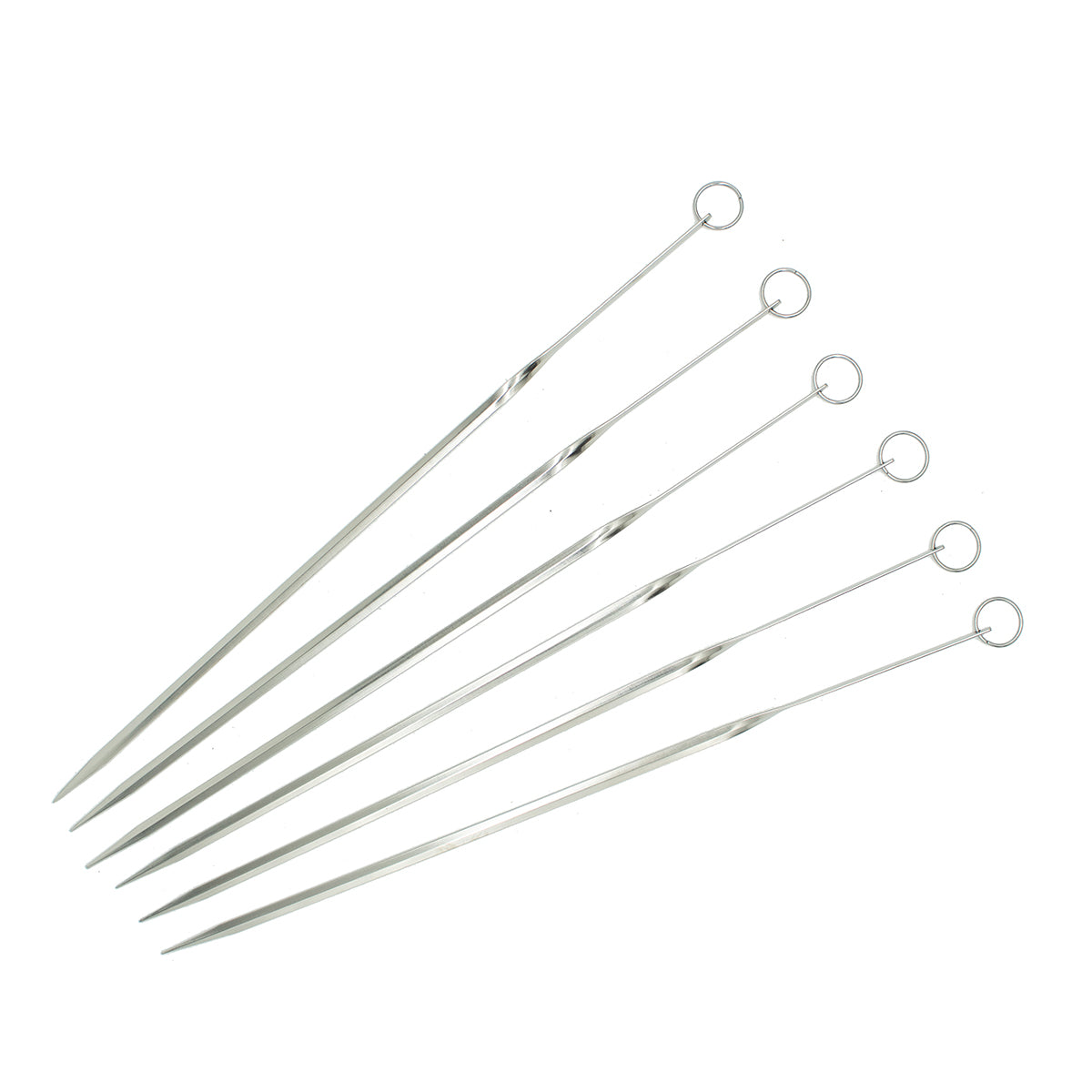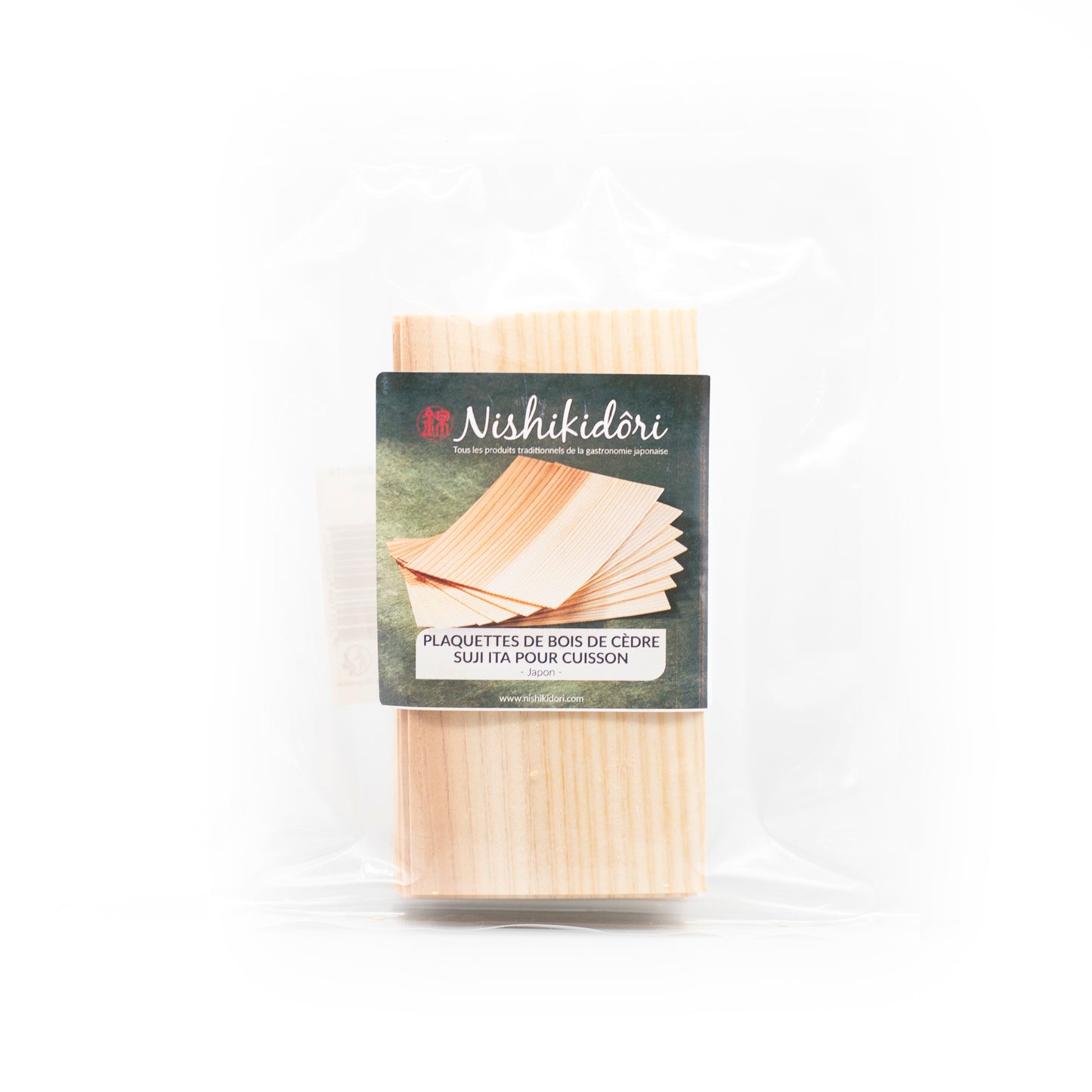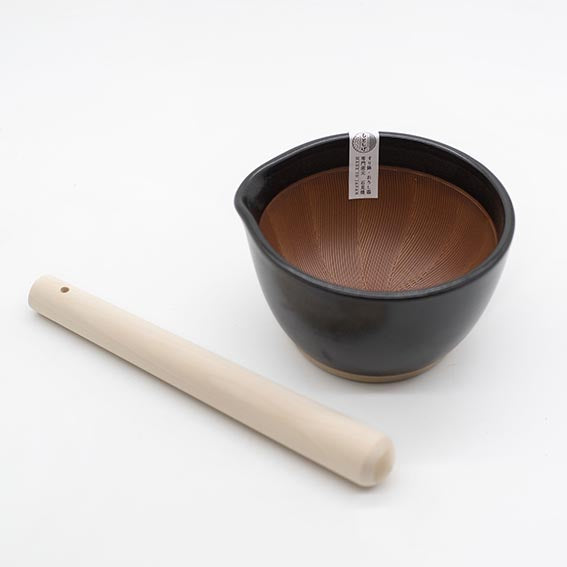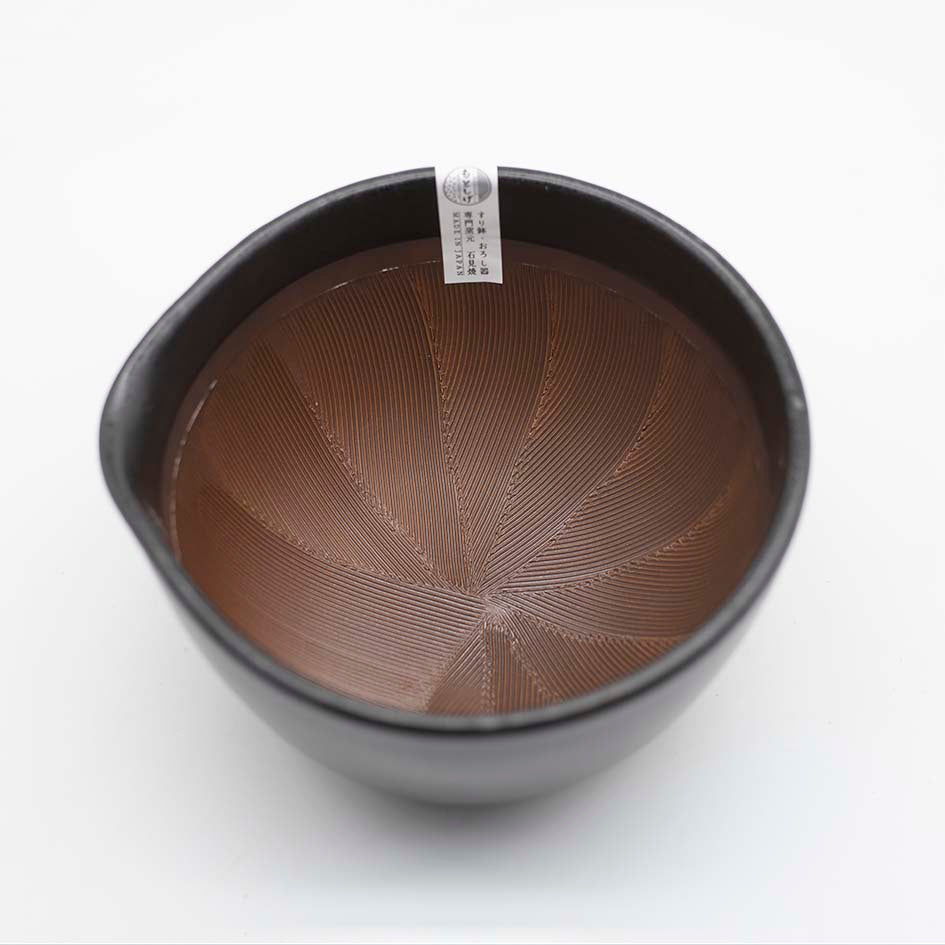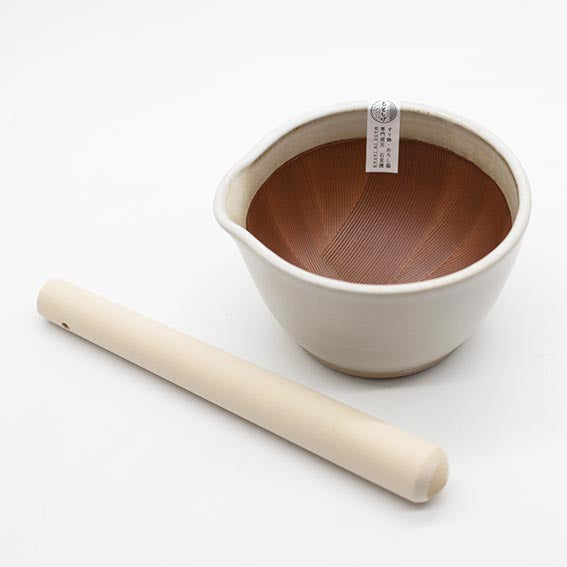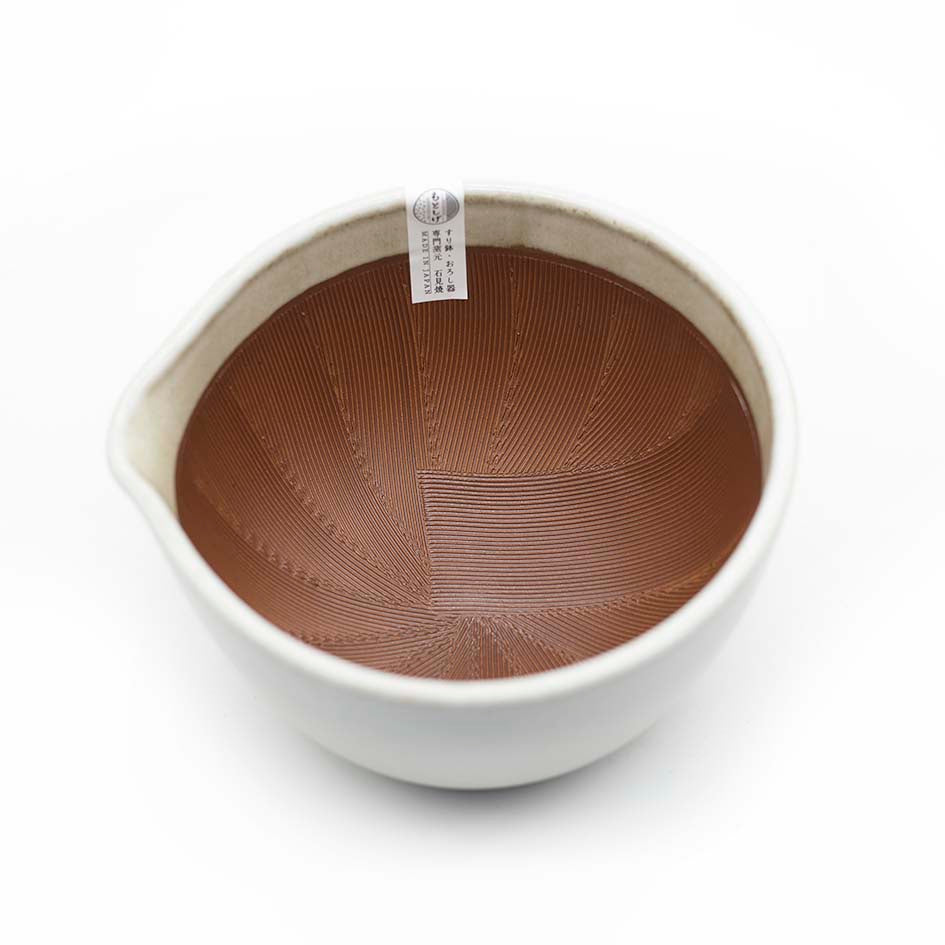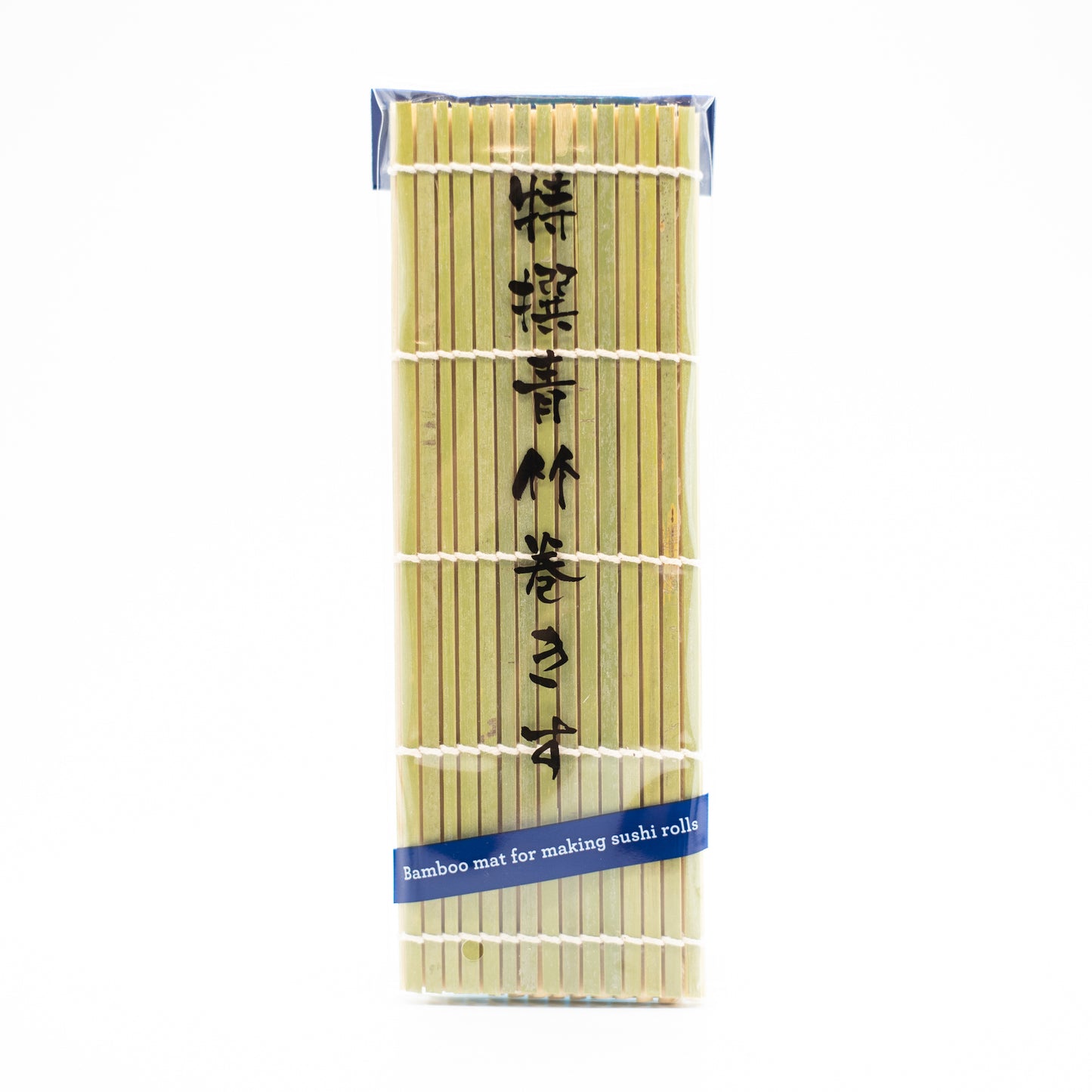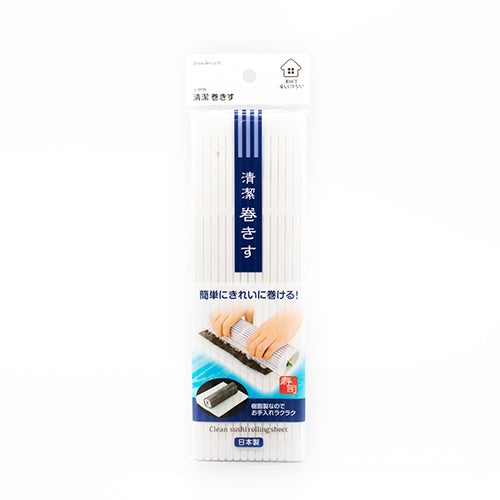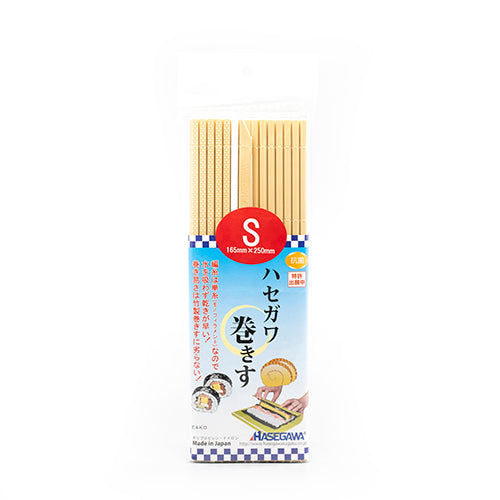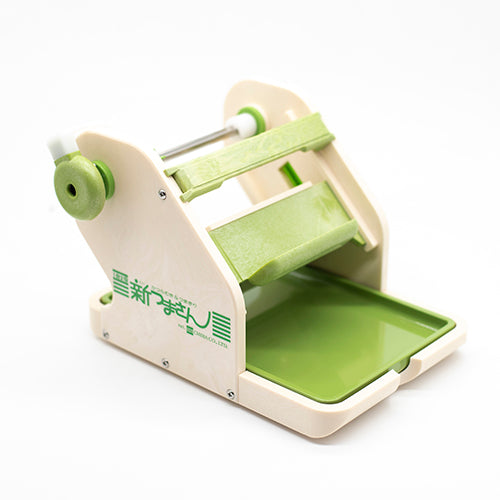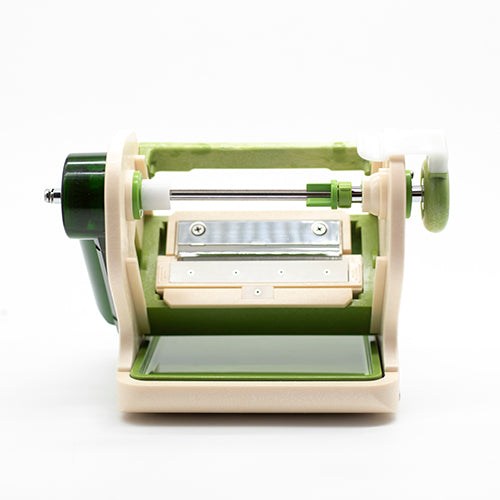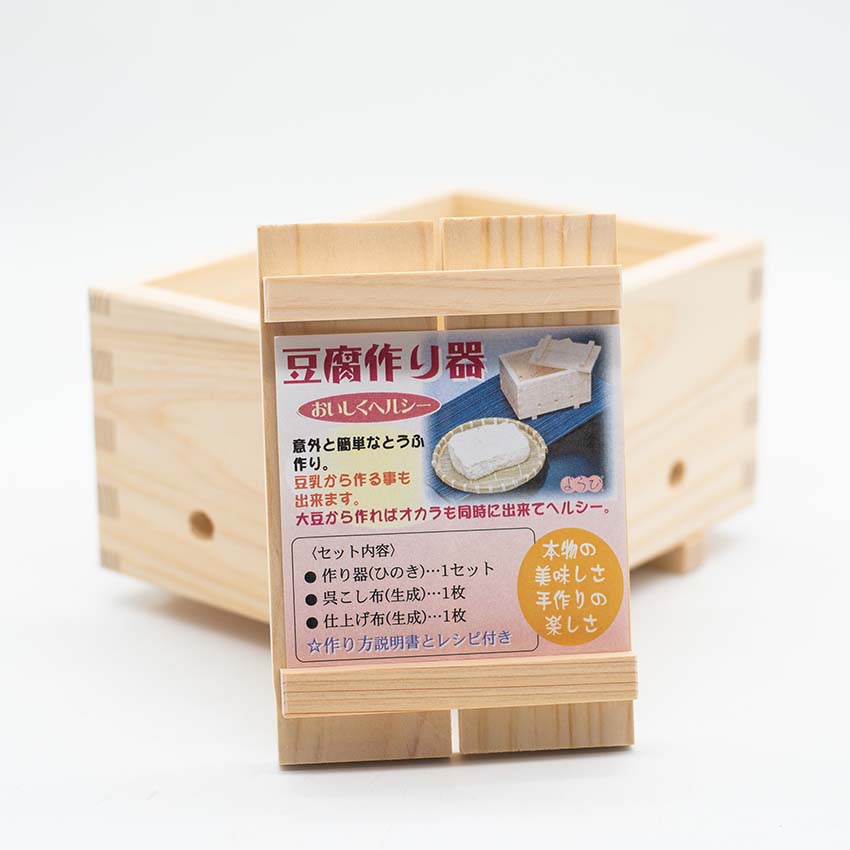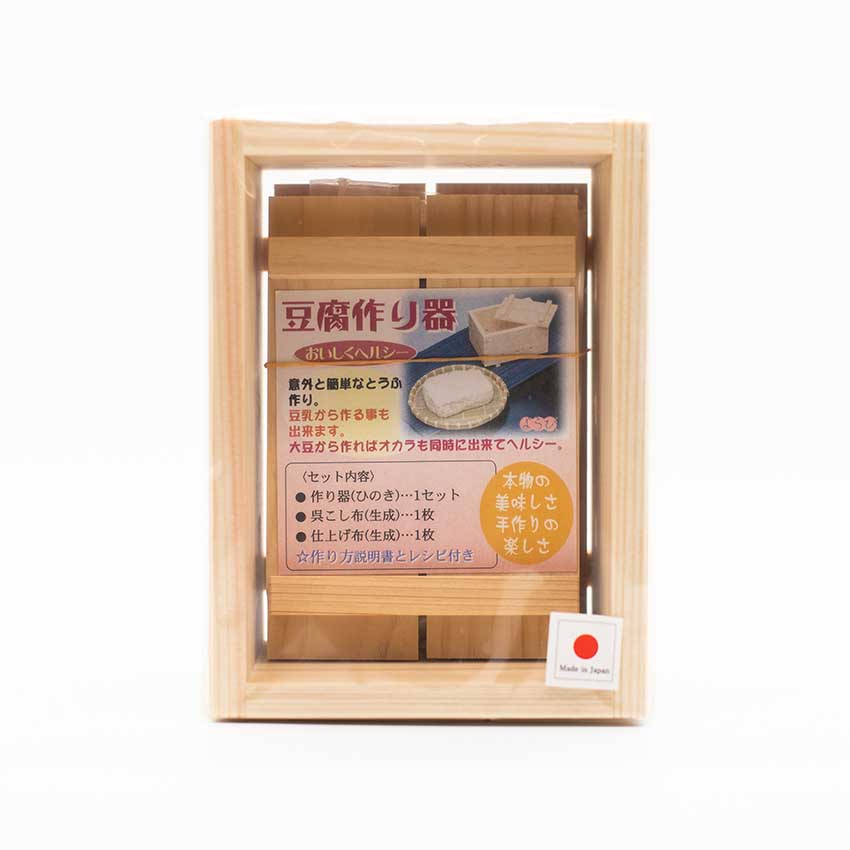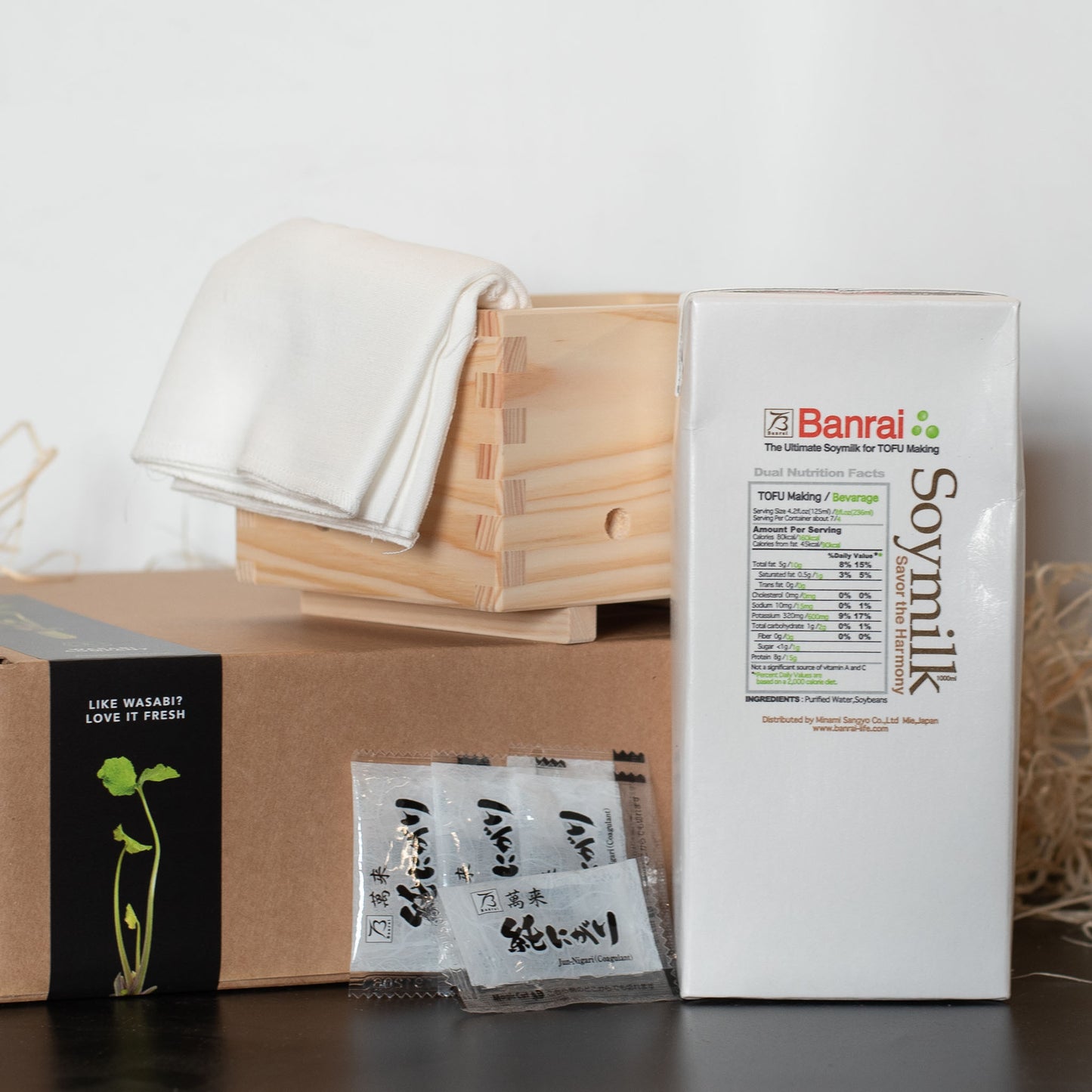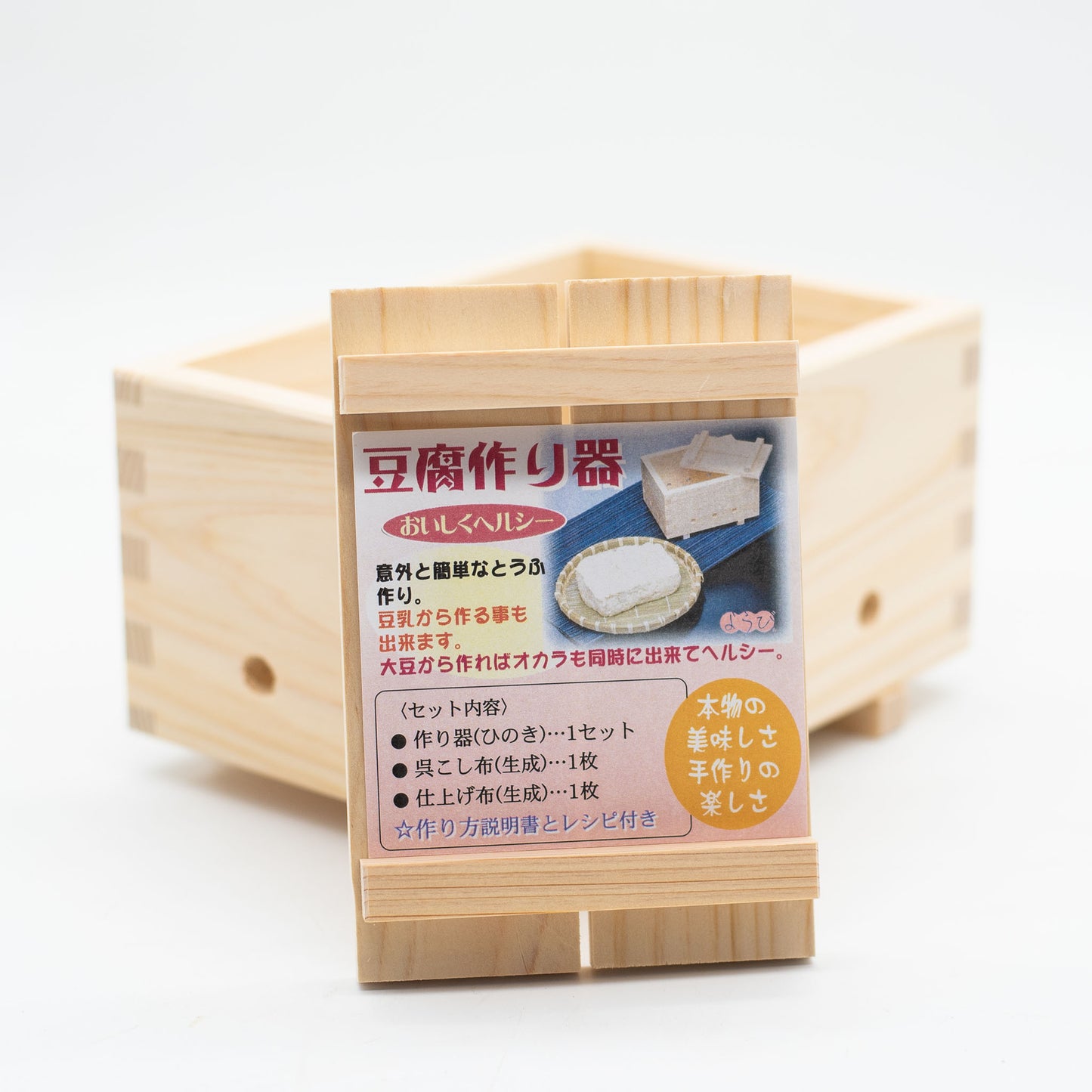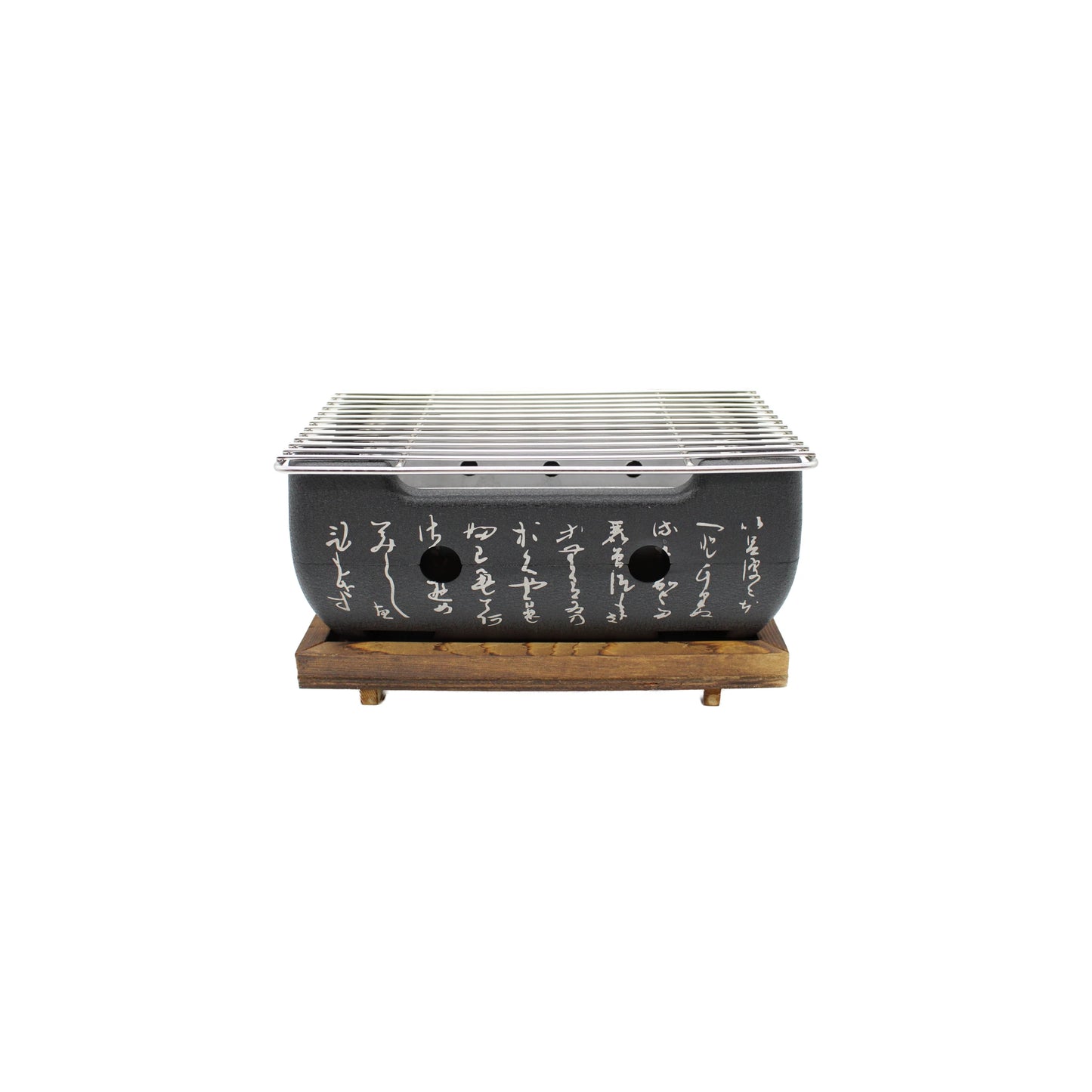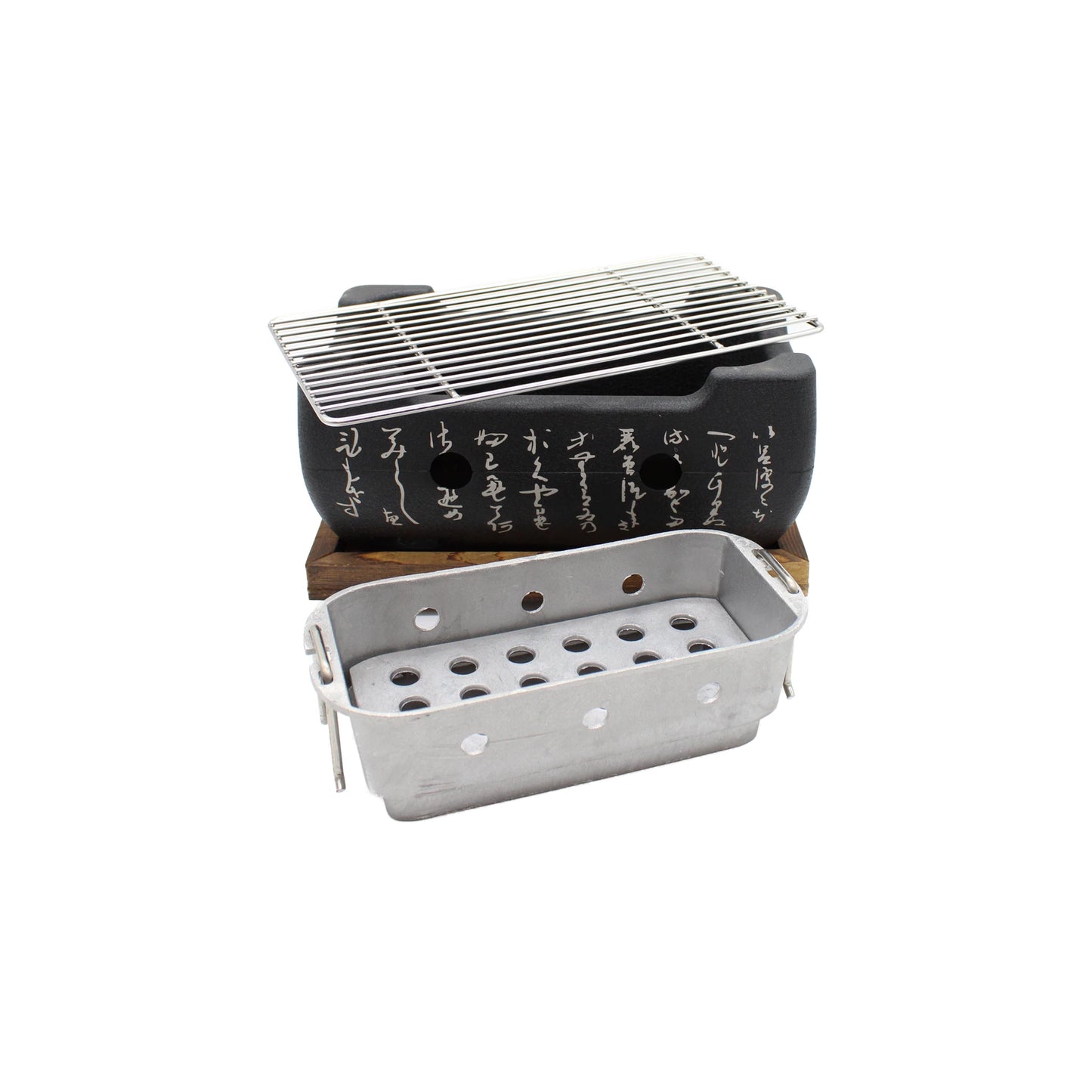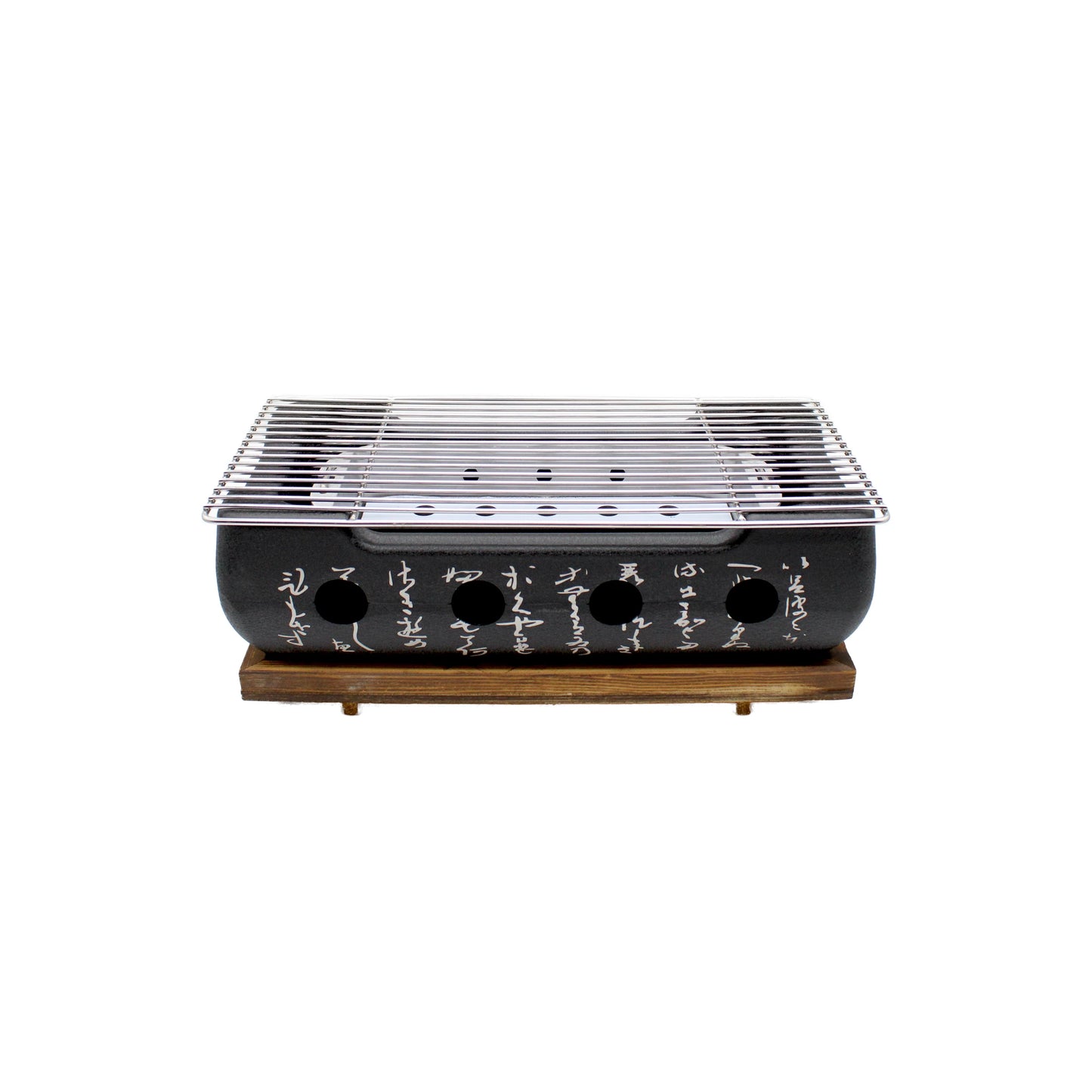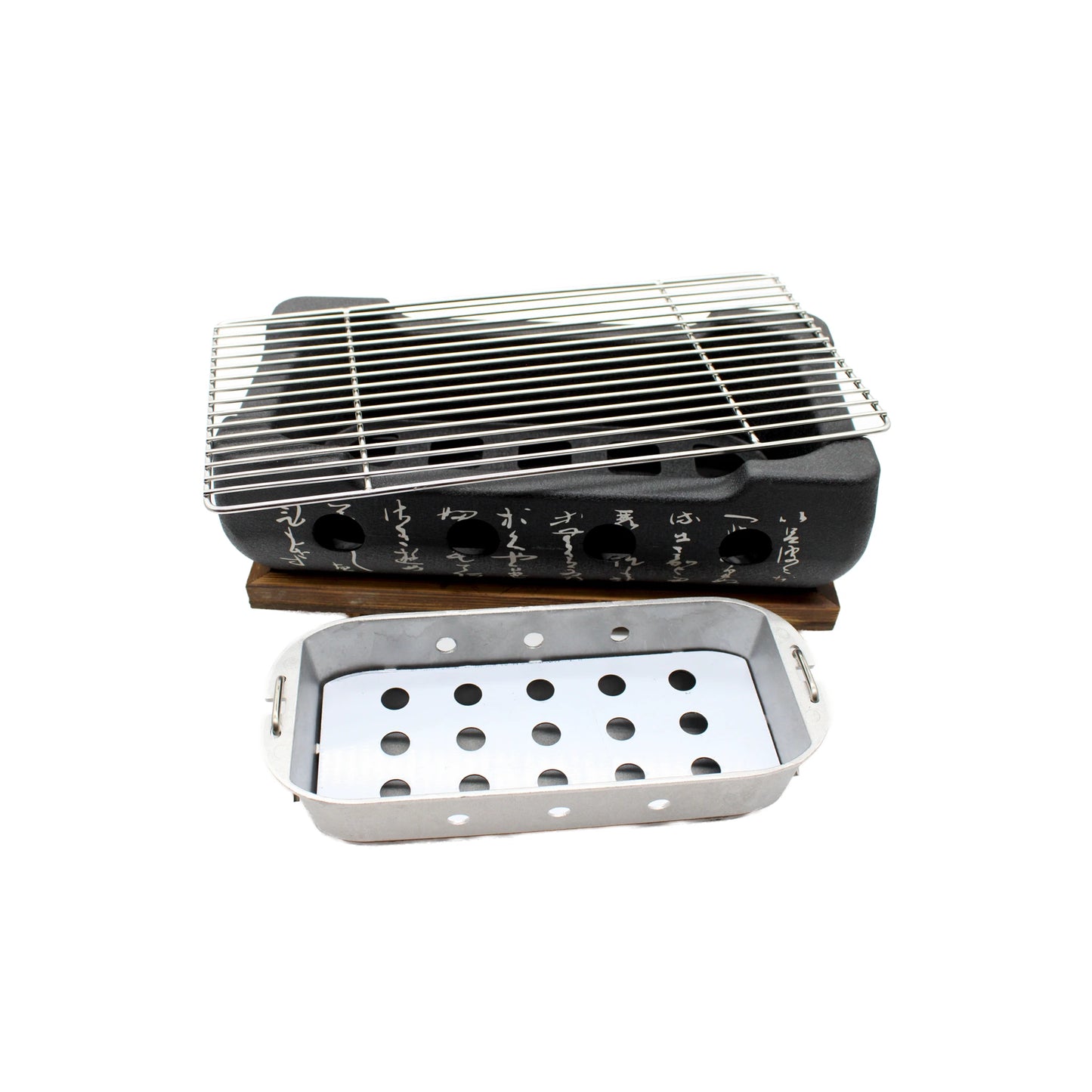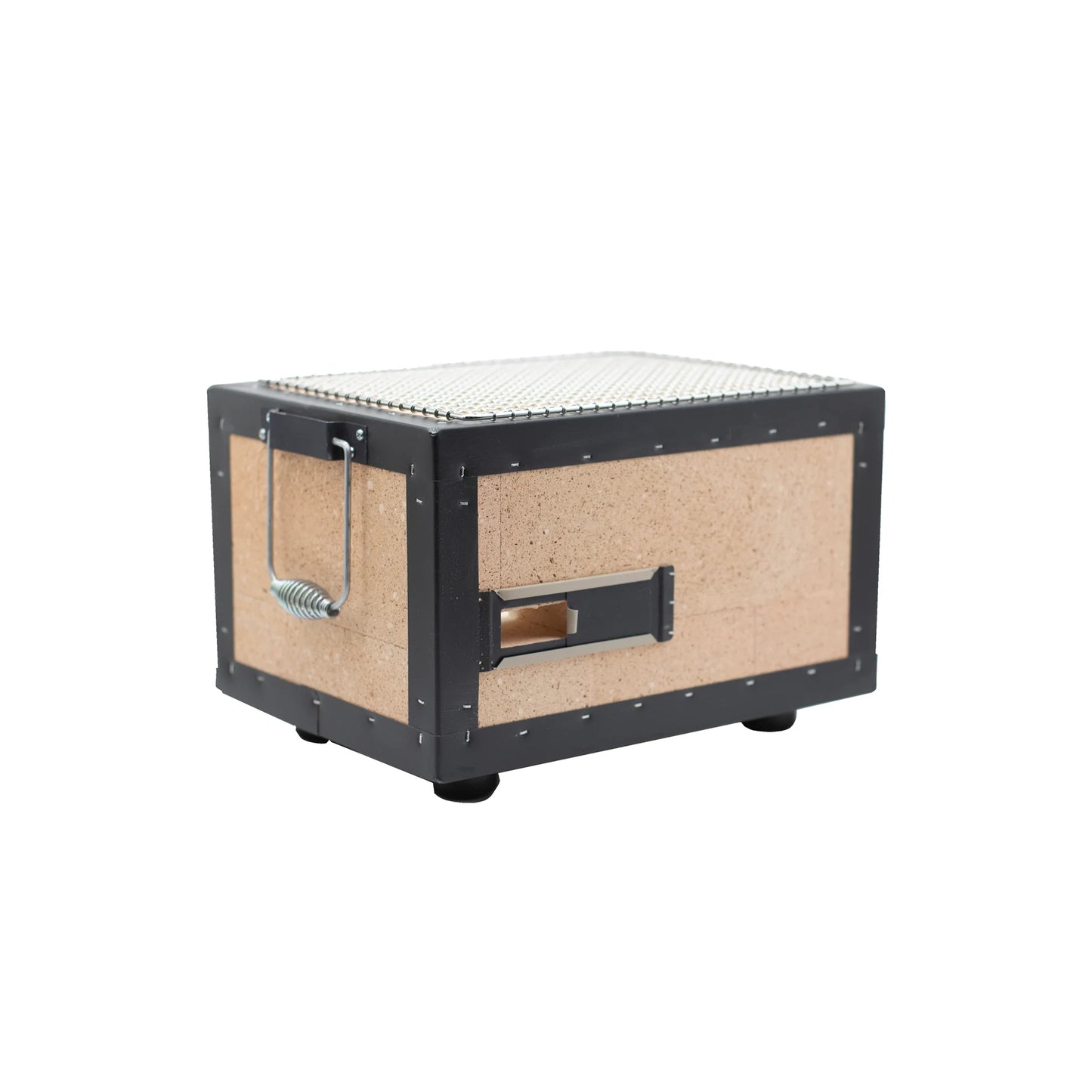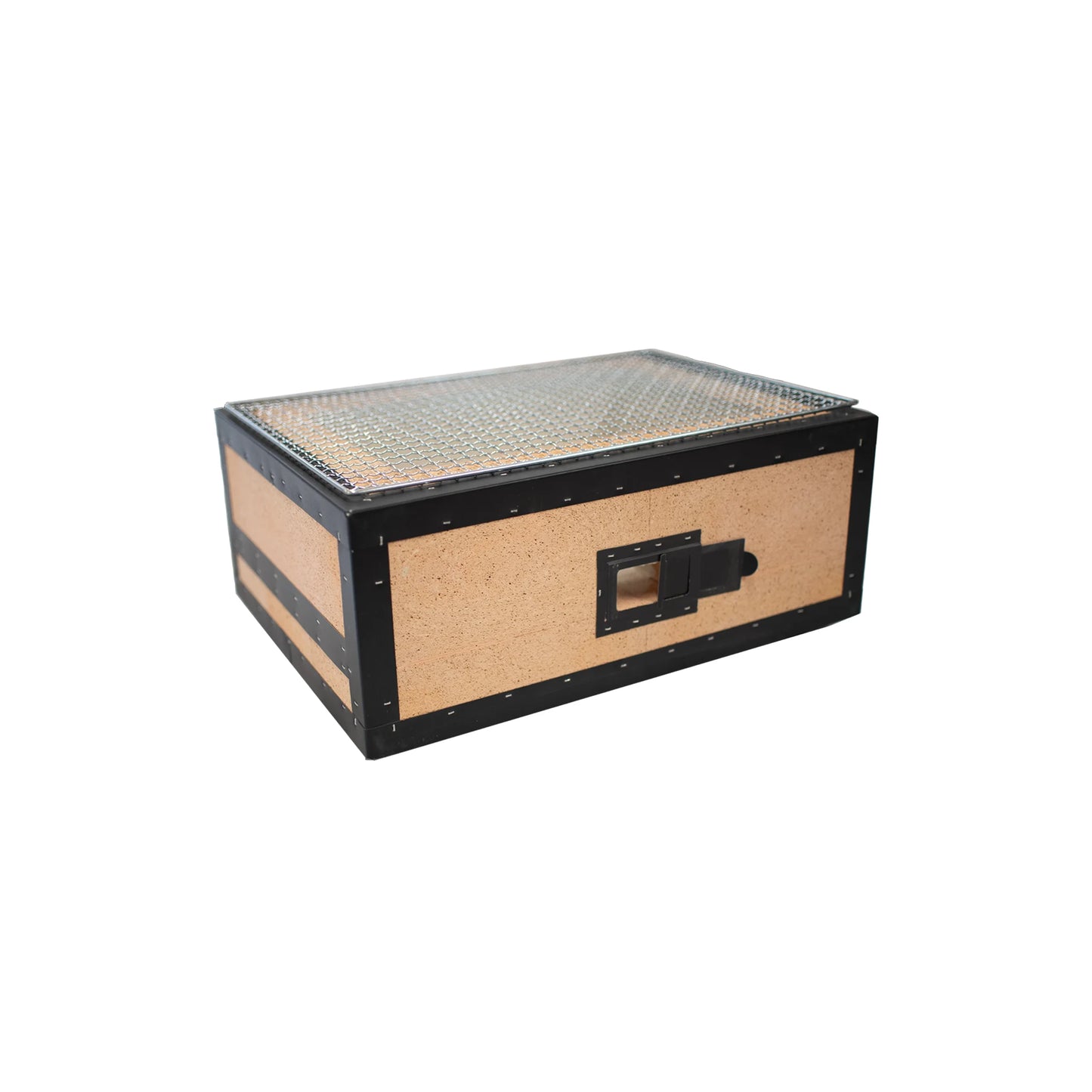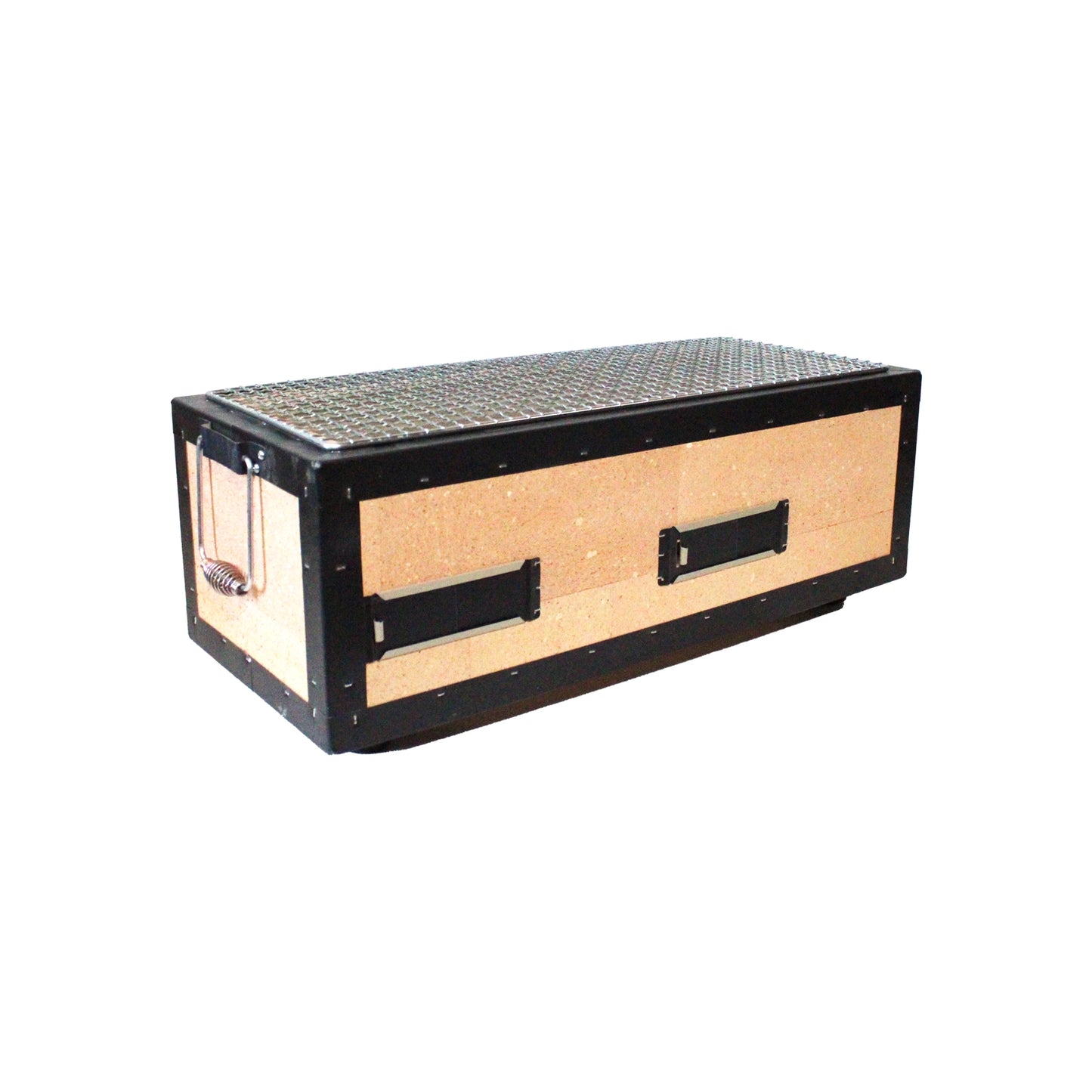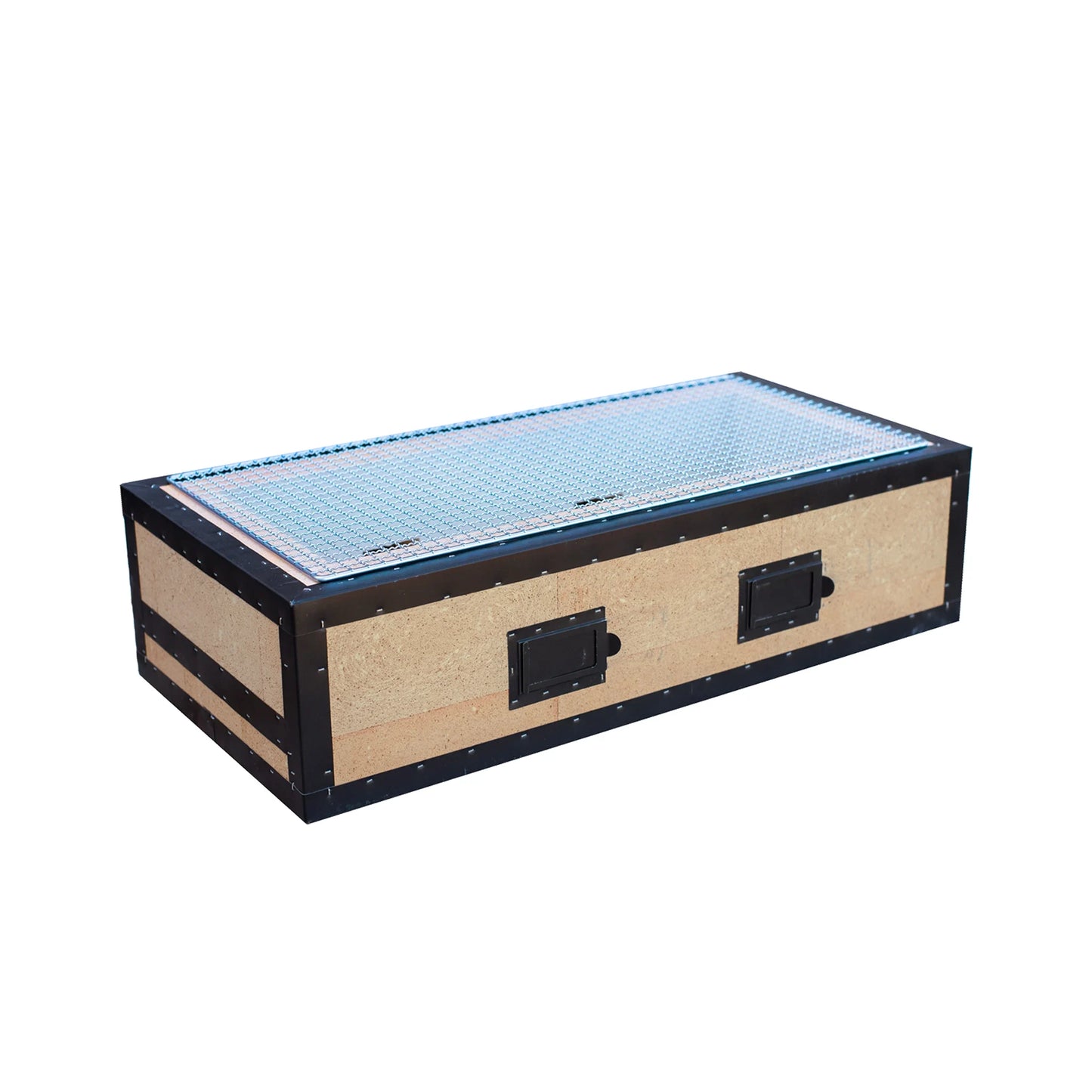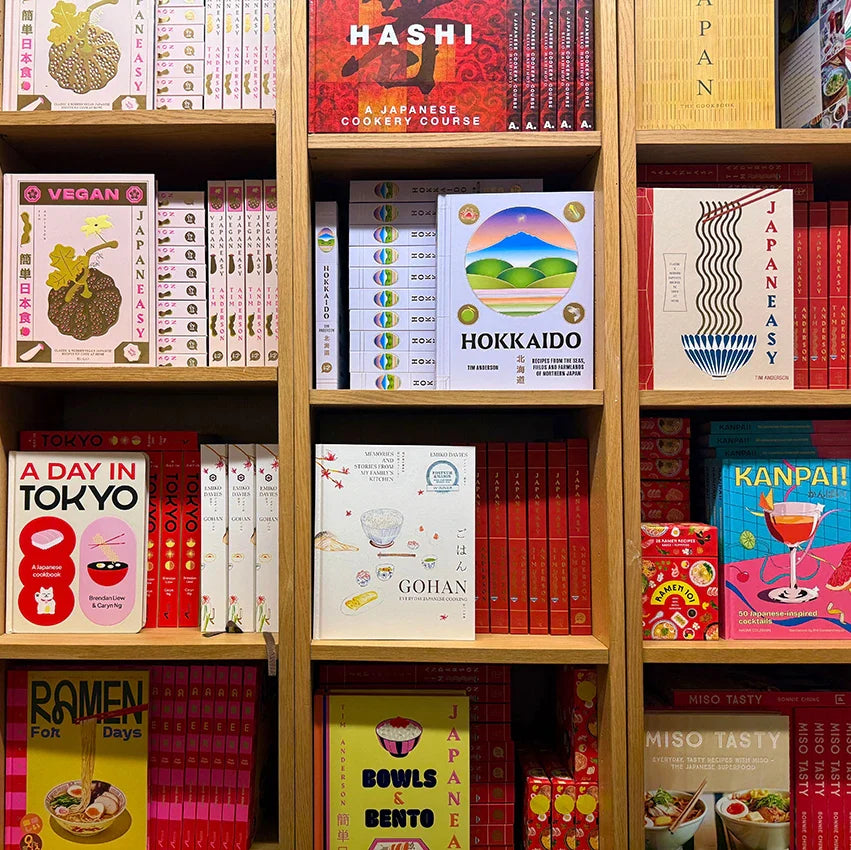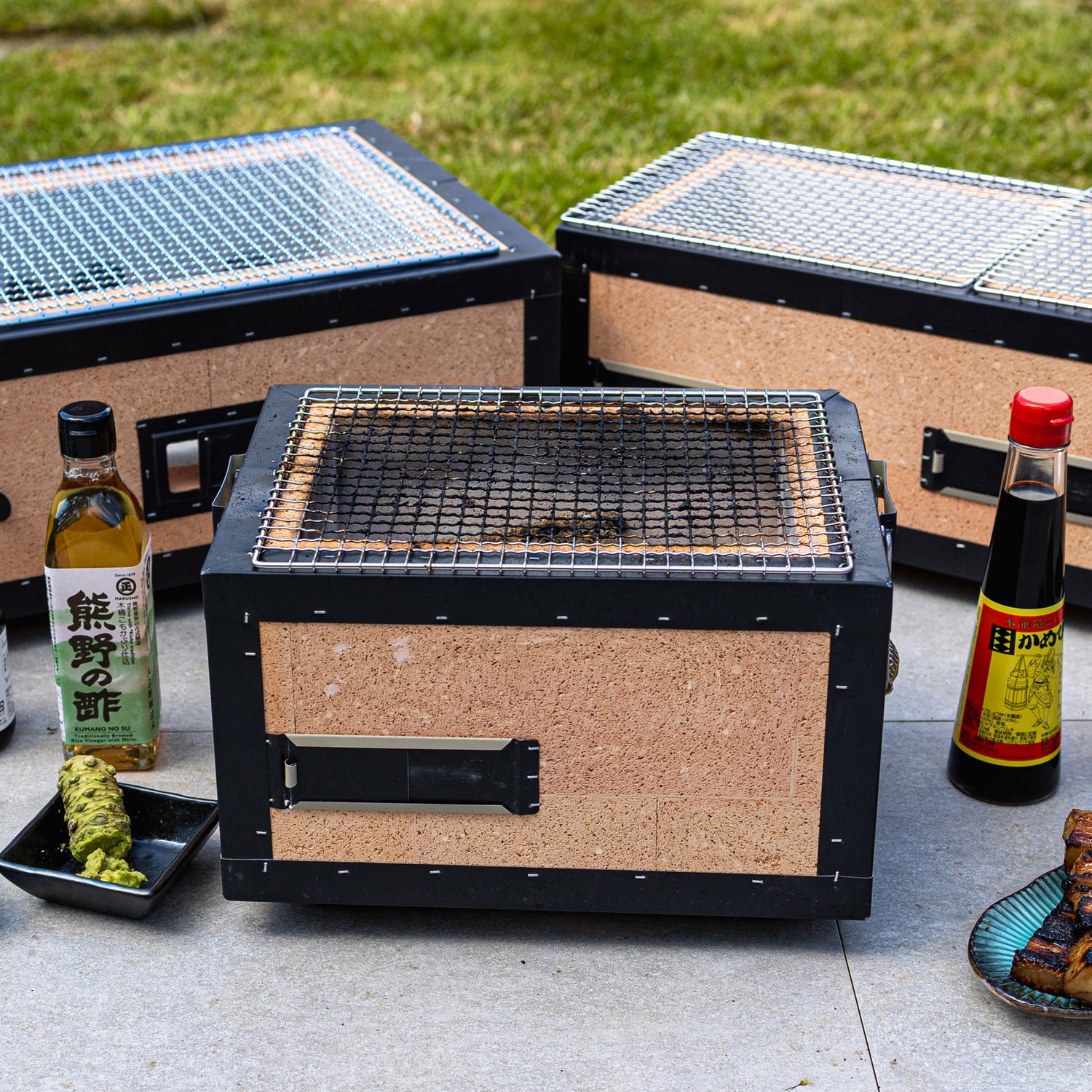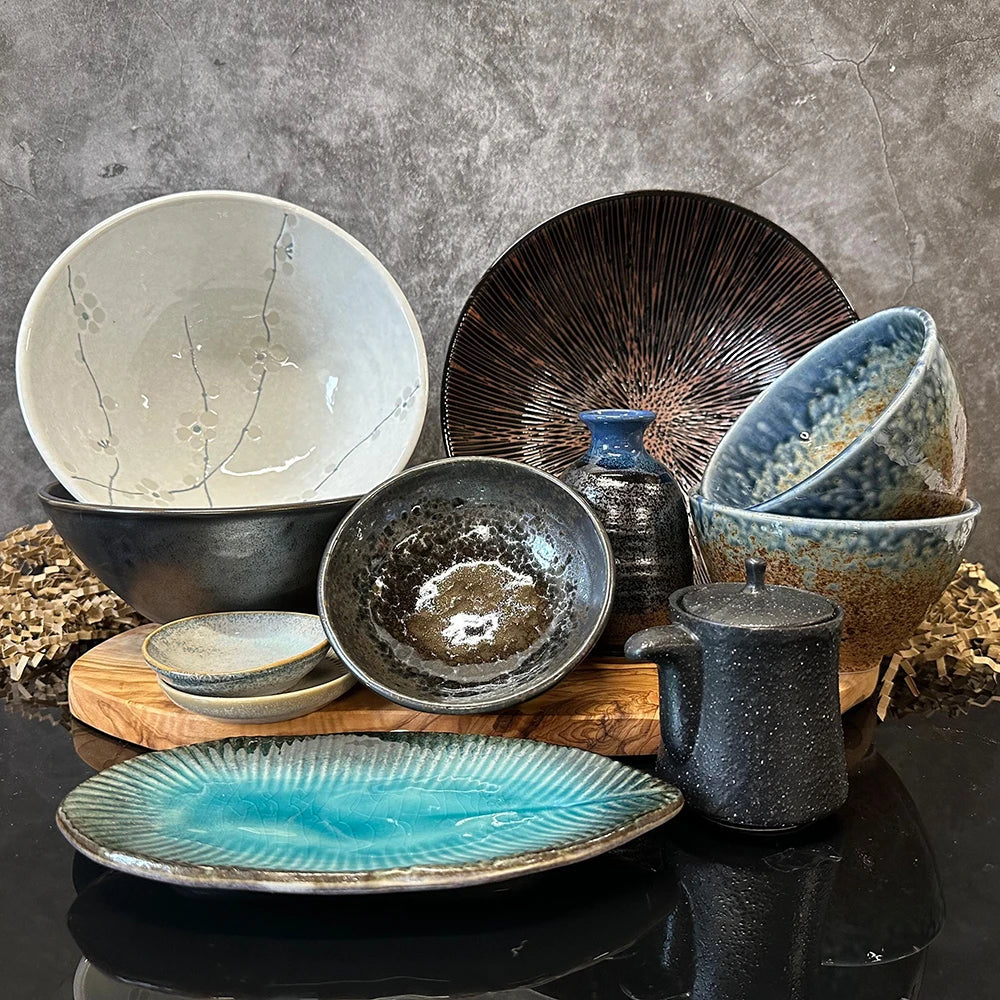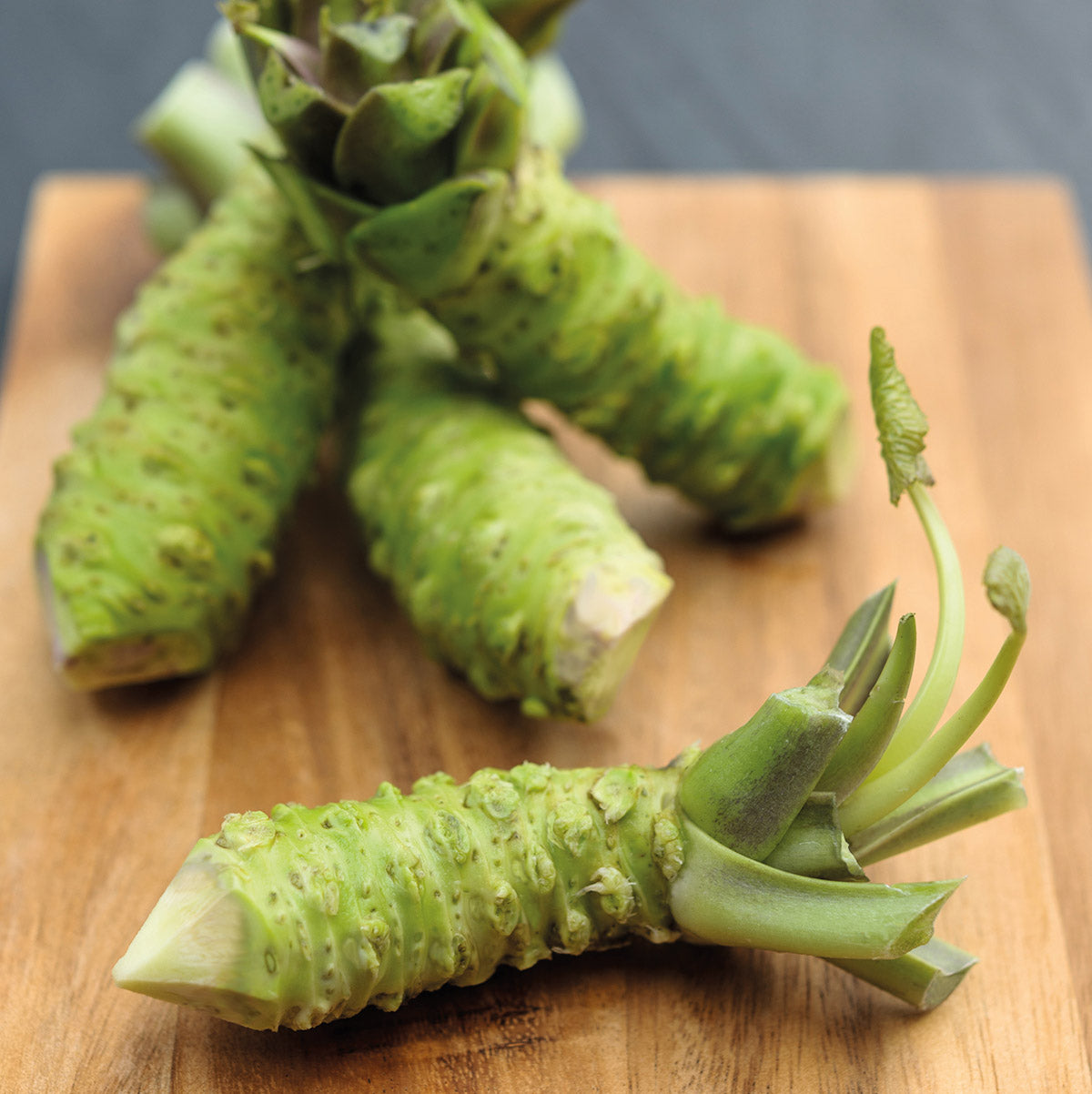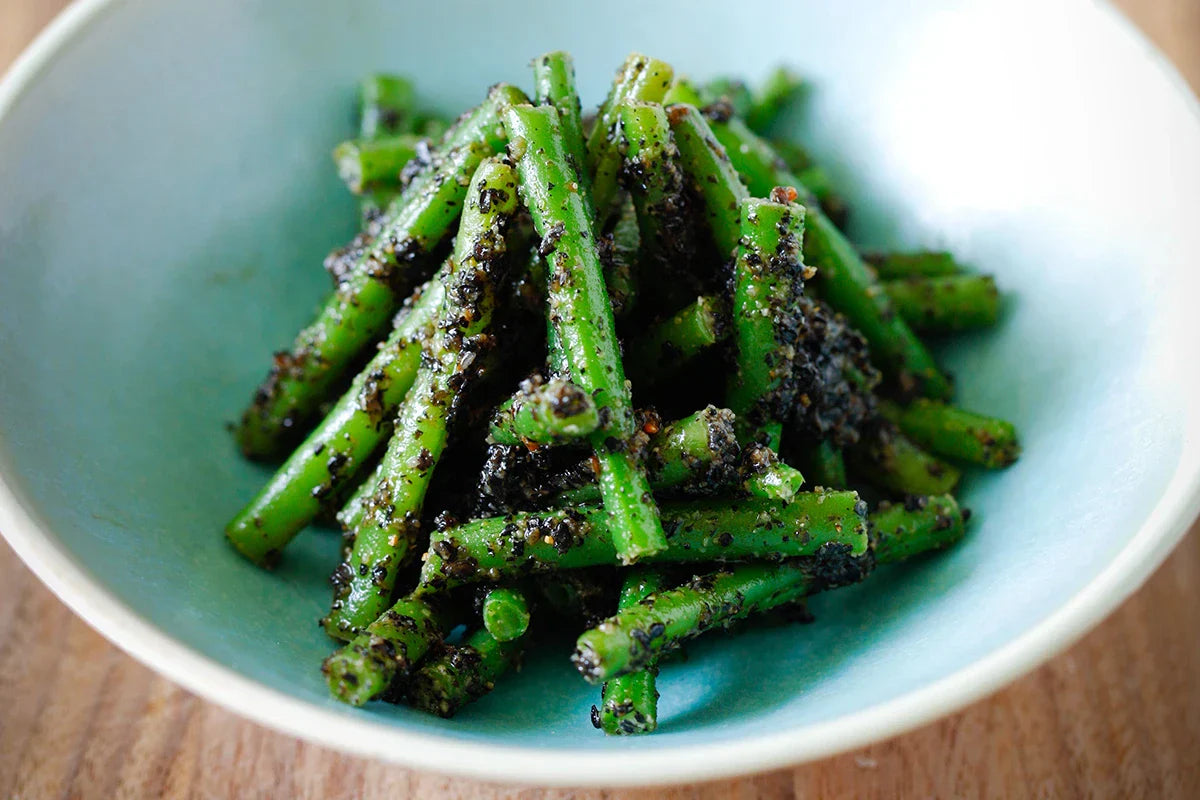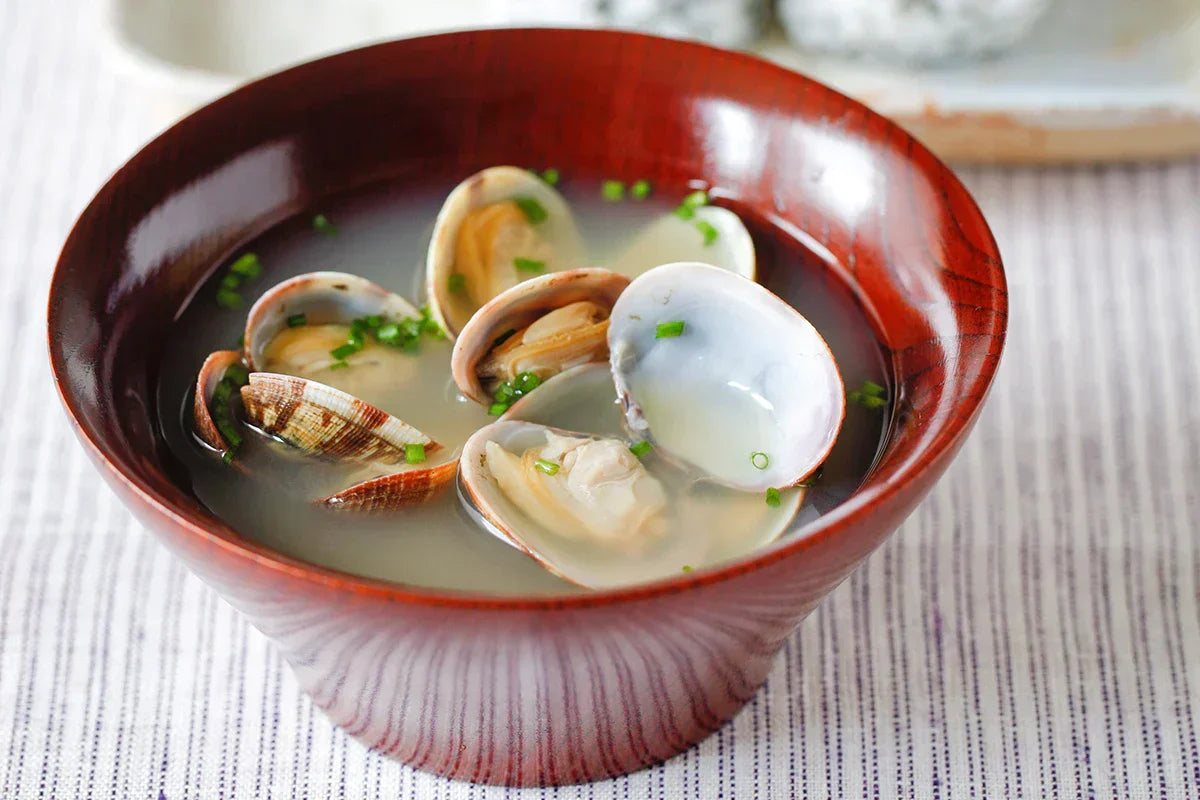Japanese Cookware
Searching for high-quality Japanese cookware? At The Wasabi Company, we’re proud to stock a vast range of Japanese cookware to elevate your Japanese cooking.
From shabu-shabu and donabe pots to tamagoyaki pans, we have everything you need for preparing your next Japanese meal at home. Explore our full collection of Japanese cookware today!

Award Winning

Sustainable

Growers

Free Delivery
You might also like...
Frequently asked questions
What is a donabe pot and what is it used for?
A donabe pot is a traditional Japanese clay pot that is primarily used for cooking and serving hot dishes, including hot pots (nabe), rice, stews, and soups. The donabe pot’s porous nature allows it to absorb moisture, which enhances the flavours and texture of the food being cooked, and it is highly valued for its ability to retain heat and cook food evenly. All in all, a donabe pot is an incredibly versatile and traditional piece of Japanese cookware that’s an essential in many Japanese kitchens!
What is a tamagoyaki pan and what is it used for?
A tamagoyaki pan, also known as a makiyakinabe, is a special rectangular or square-shaped frying pan used primarily for making tamagoyaki – a Japanese rolled omelette. The pan is designed to make this omelette in a layered fashion, where beaten eggs are cooked in thin layers and then rolled up into a neat, cylindrical shape. This technique gives tamagoyaki its characteristic fluffy and slightly sweet texture.
Is Japanese cookware difficult to maintain?
Not at all! Most Japanese cookware is designed for long-lasting use with proper care. For example, donabe pots should be seasoned before their first use and allowed to dry thoroughly after washing to prevent cracking.
Tamagoyaki pans may need gentle cleaning and occasional oiling to maintain their non-stick surface. Following simple care instructions will keep your cookware performing beautifully for years.
How do I use a maki mat for sushi rolling?
A maki mat, or bamboo rolling mat, is essential for crafting sushi rolls (makizushi). To use it, place a sheet of nori (seaweed) on the mat, spread an even layer of sushi rice over the nori, and add your desired fillings.
Then, lift the edge of the mat closest to you and begin rolling it away from you, applying gentle pressure to form a tight roll. Once rolled, use a sharp knife to slice the sushi into bite-sized pieces.
Get inspired with some recipes
Candied Yuzu Peel Recipe
Using fresh yuzu fruit is quite popular at this time of year and making candied peel is a great use!
Kuro Goma-ae by Yuki Gomi
Goma-ae is a very popular Japanese home-cooked dish with a lovely aroma of black sesame seeds and the sweet and...
Clam Miso Soup by Yuki Gomi
Some traditional Japanese people have miso soup with every meal, and a lot of restaurants serve it for free as...
Candied Yuzu Peel Recipe
Using fresh yuzu fruit is quite popular at this time of year and making candied peel is a great use!
Kuro Goma-ae by Yuki Gomi
Goma-ae is a very popular Japanese home-cooked dish with a lovely aroma of black sesame seeds and the sweet and nutty flavour of the sauce.
Clam Miso Soup by Yuki Gomi
Some traditional Japanese people have miso soup with every meal, and a lot of restaurants serve it for free as part of the menu.


